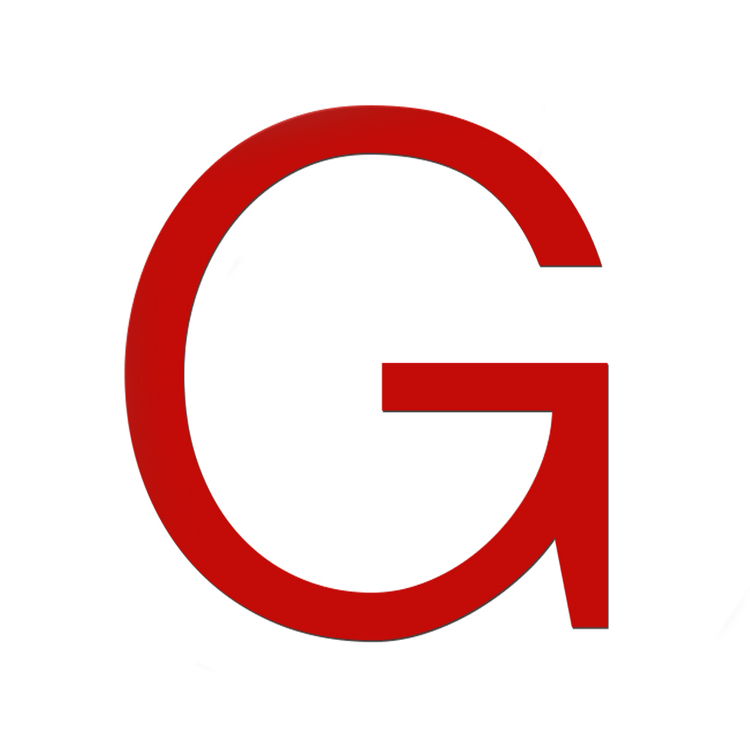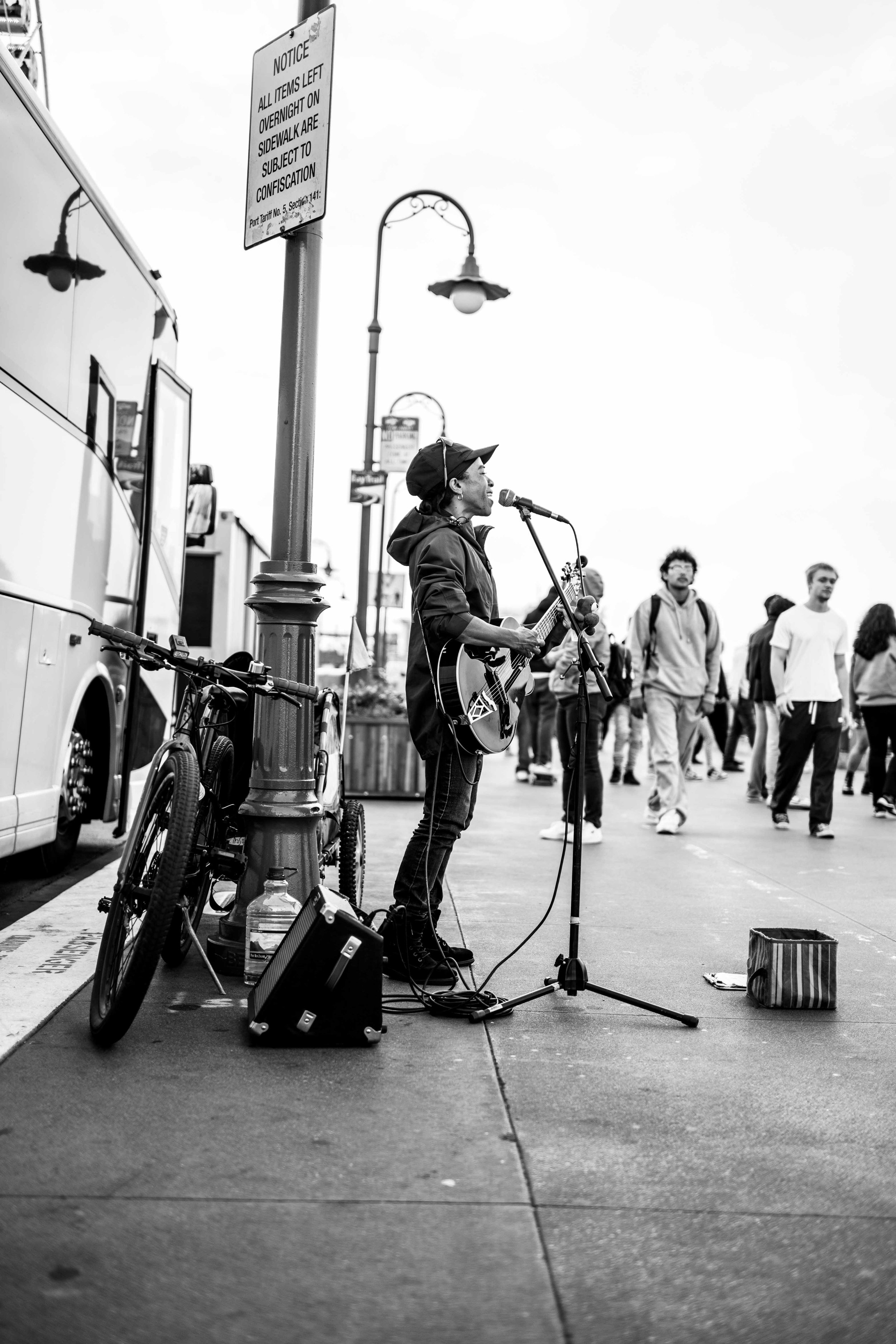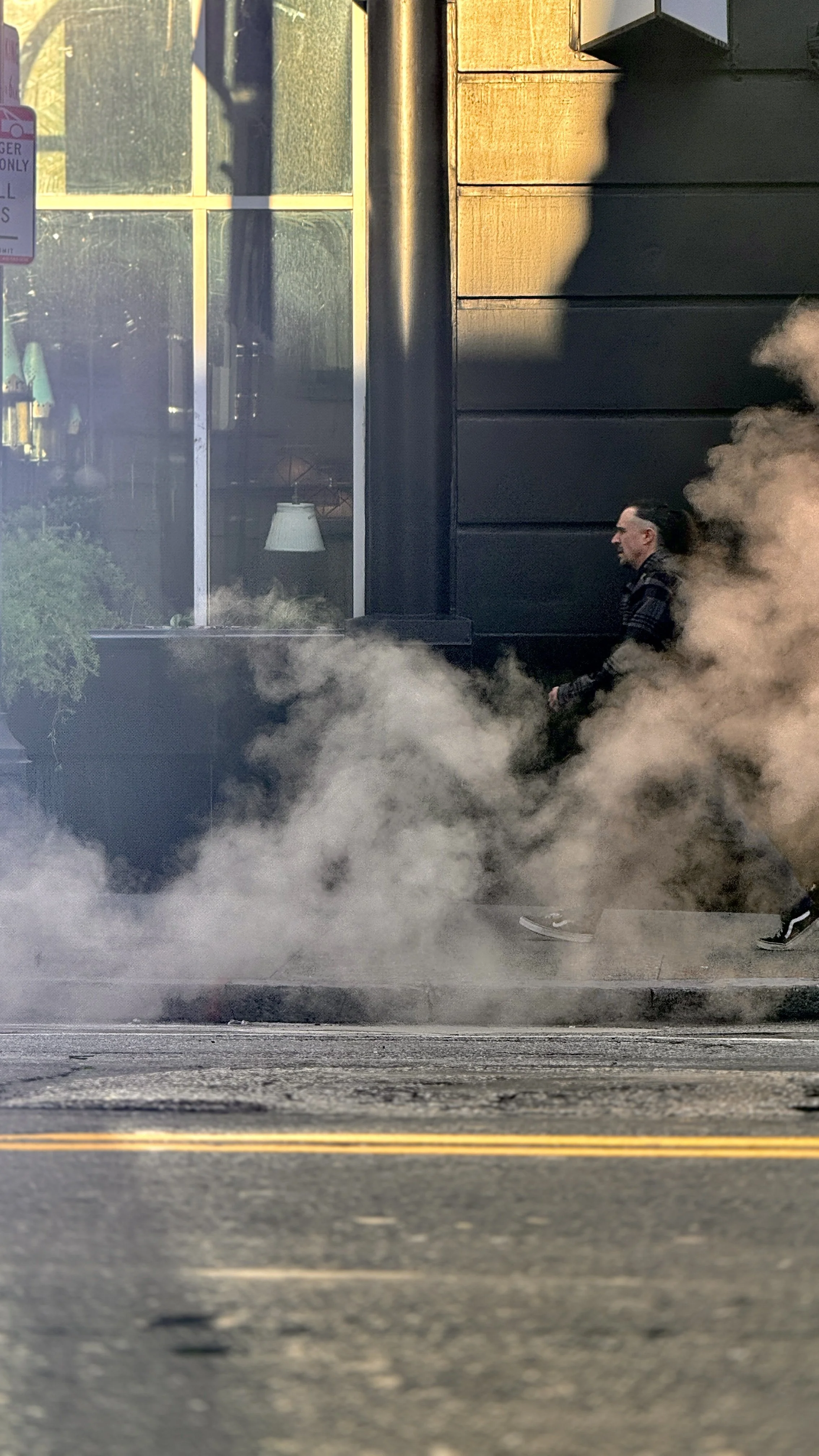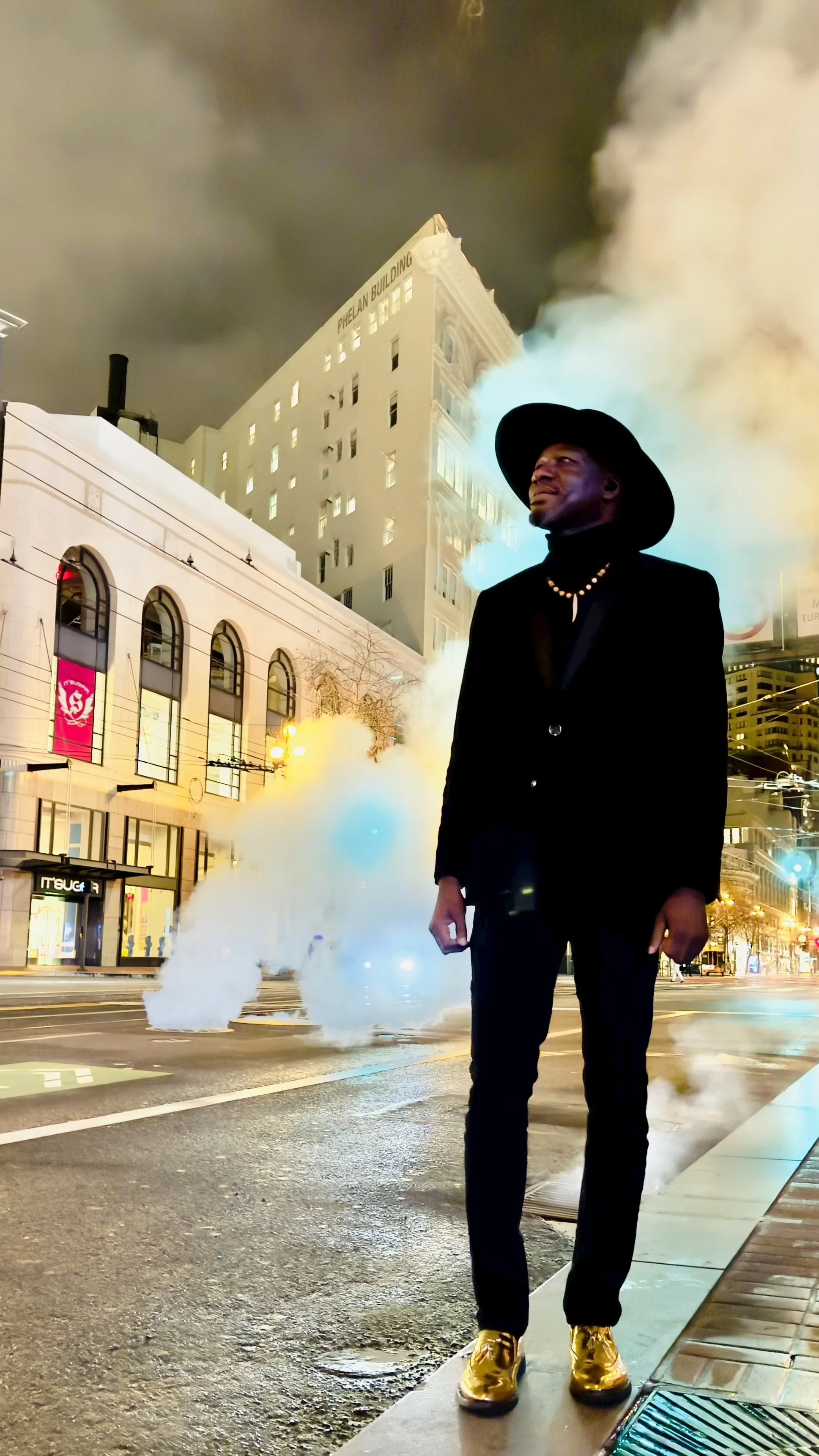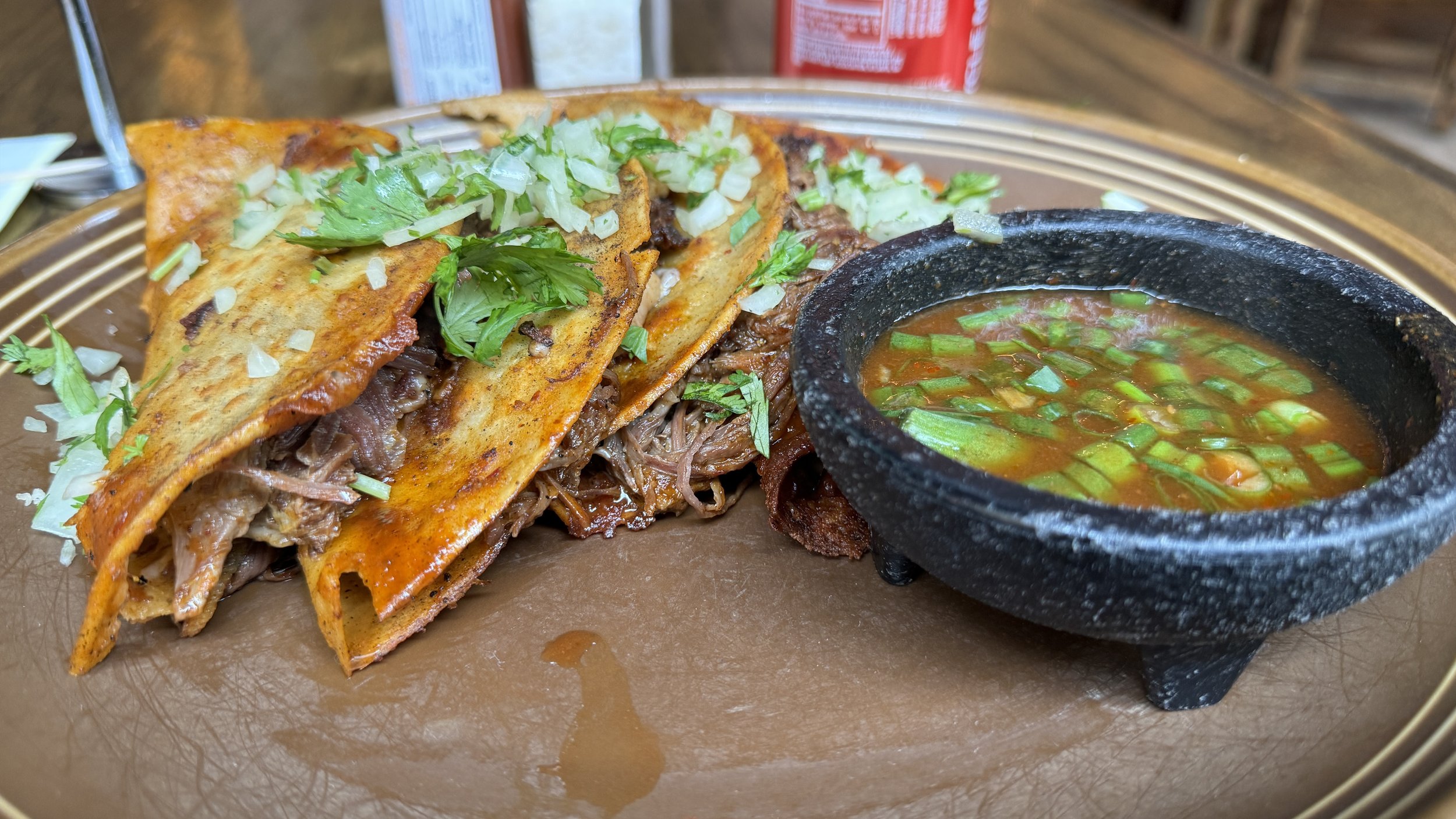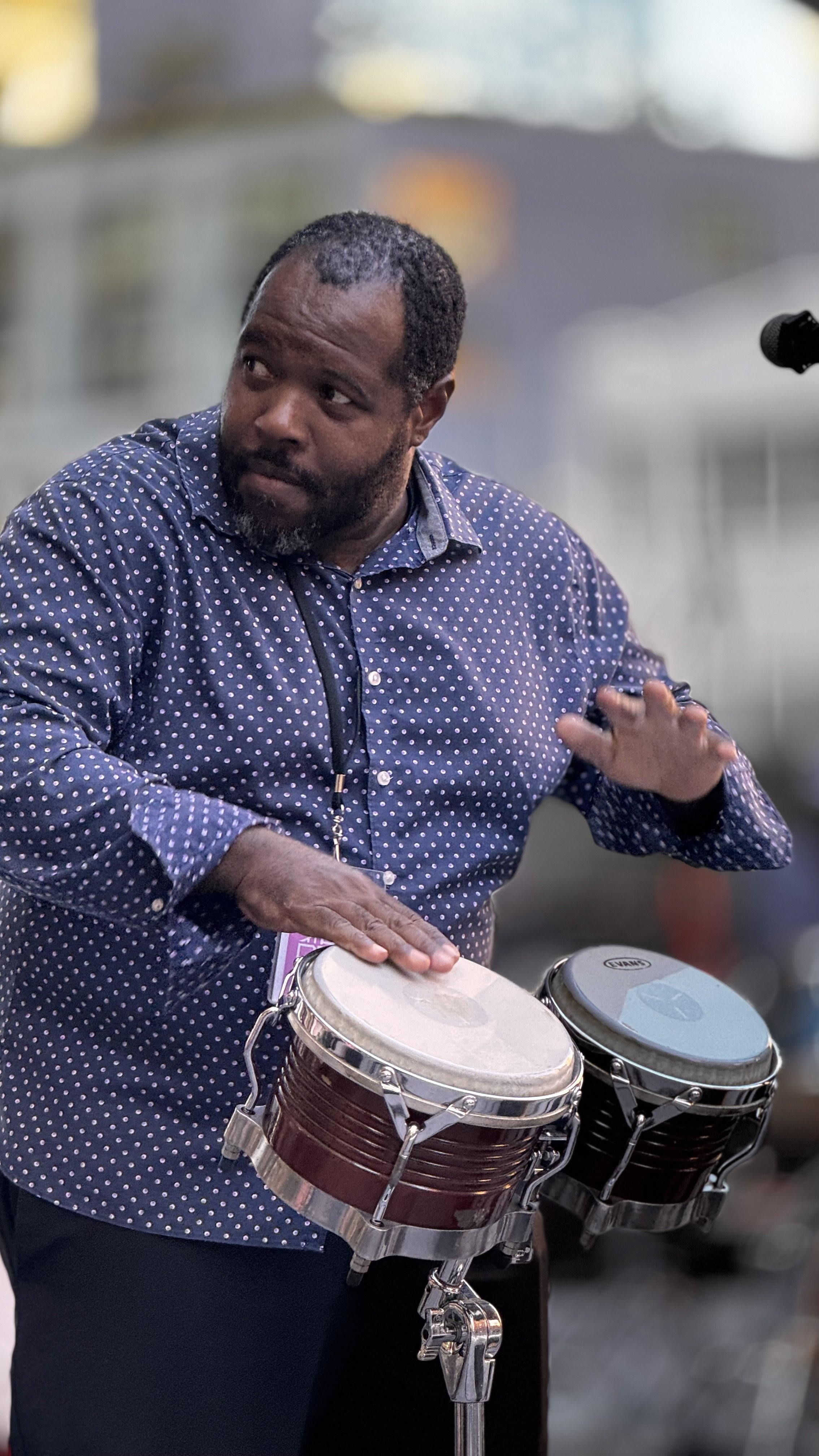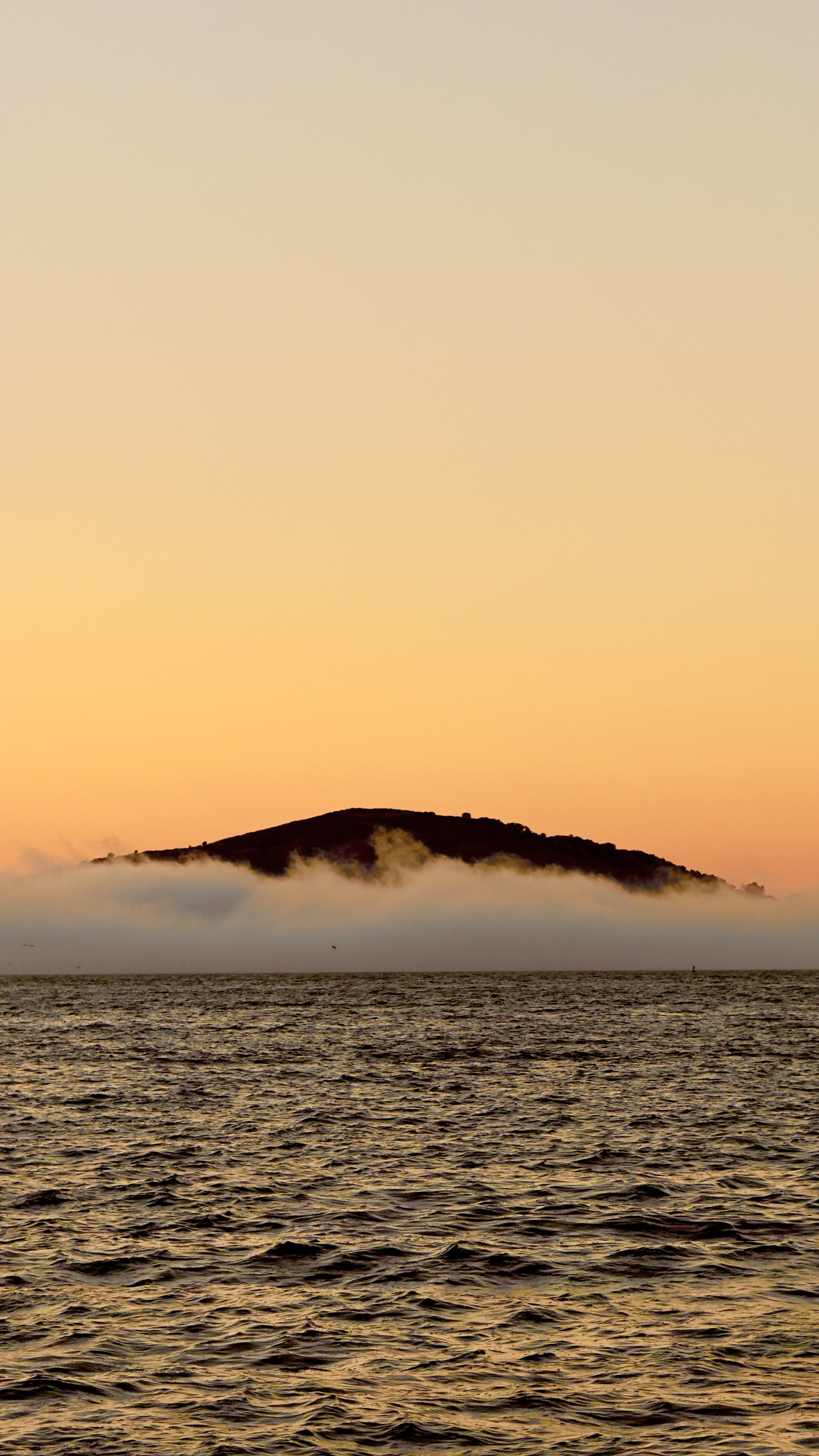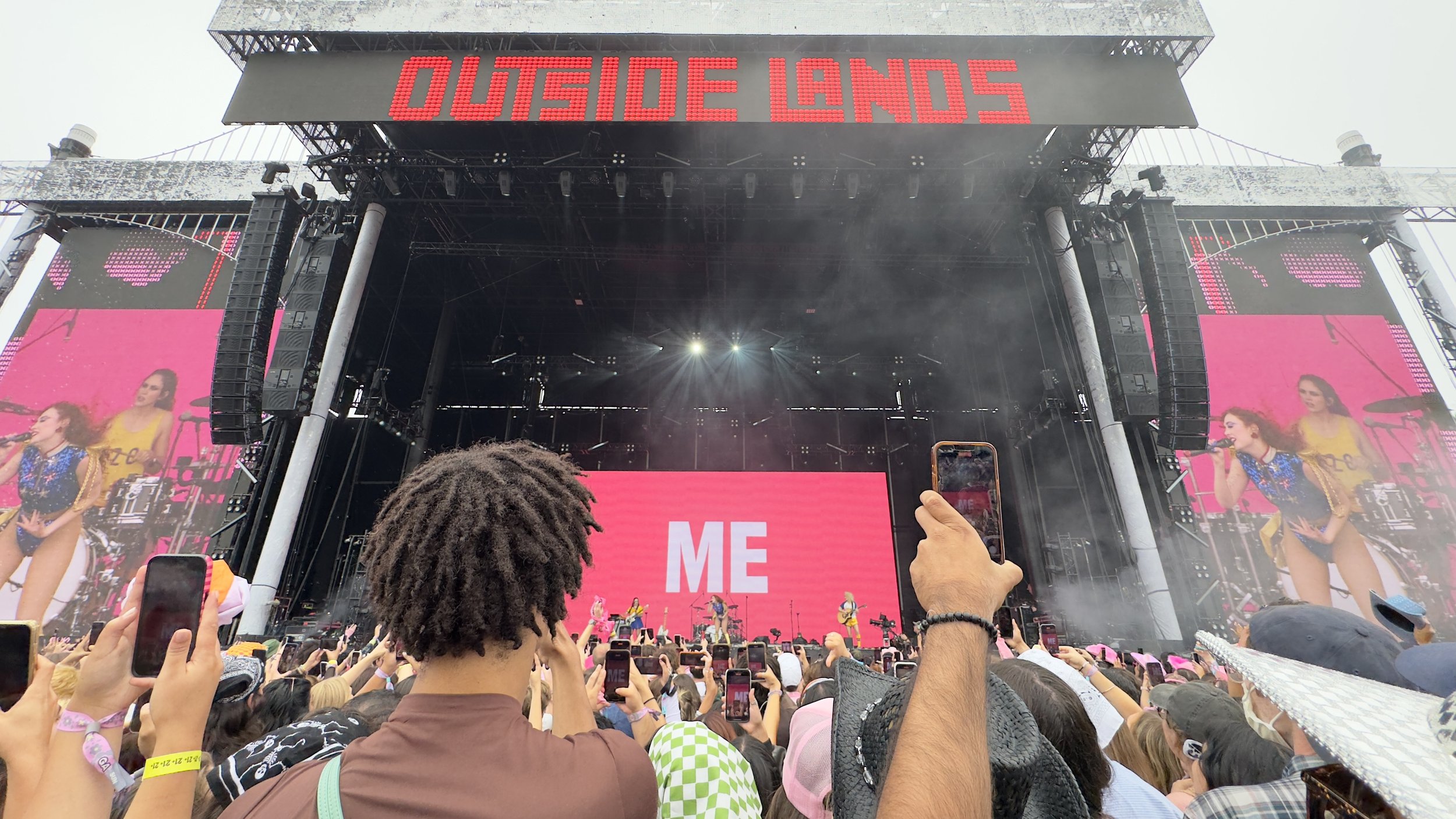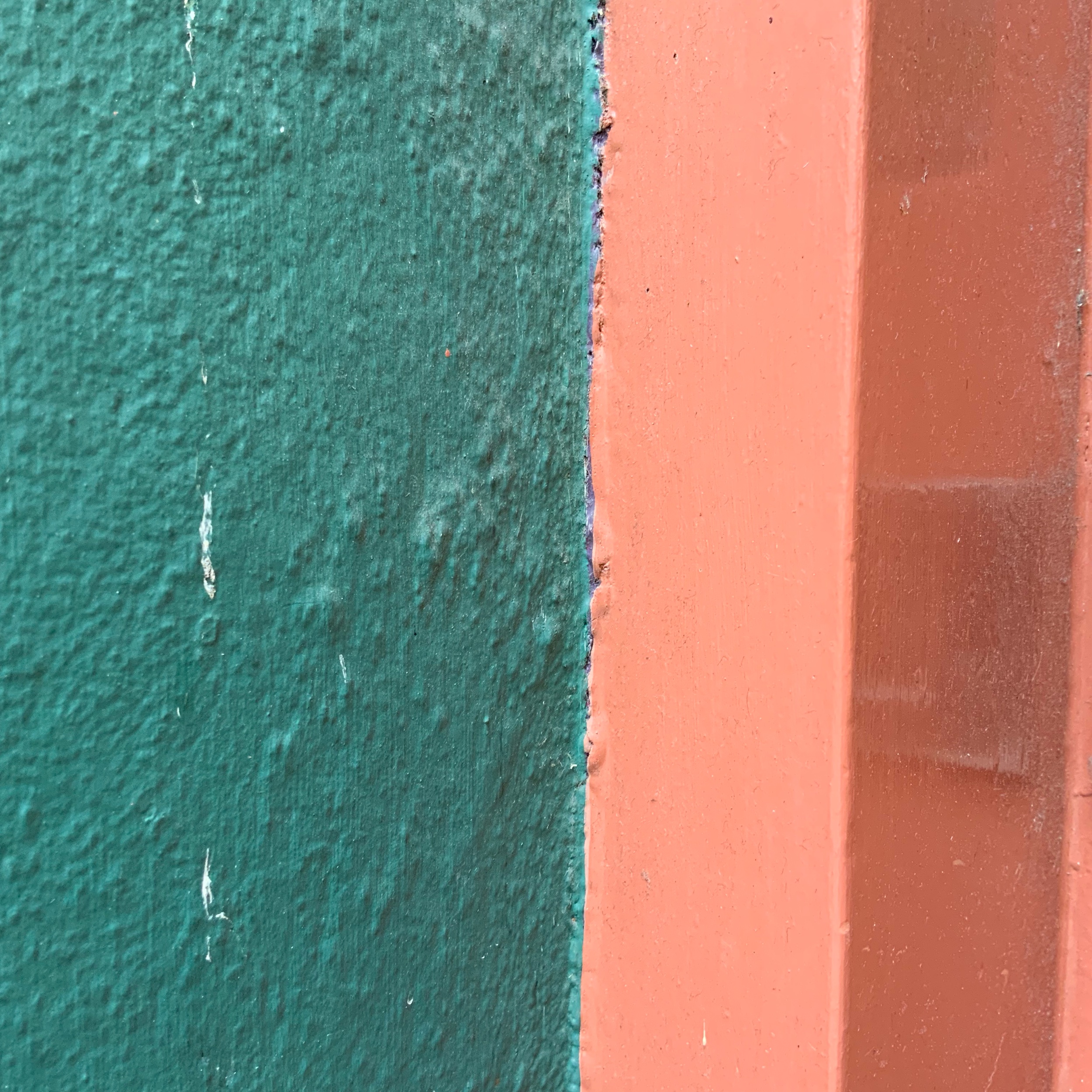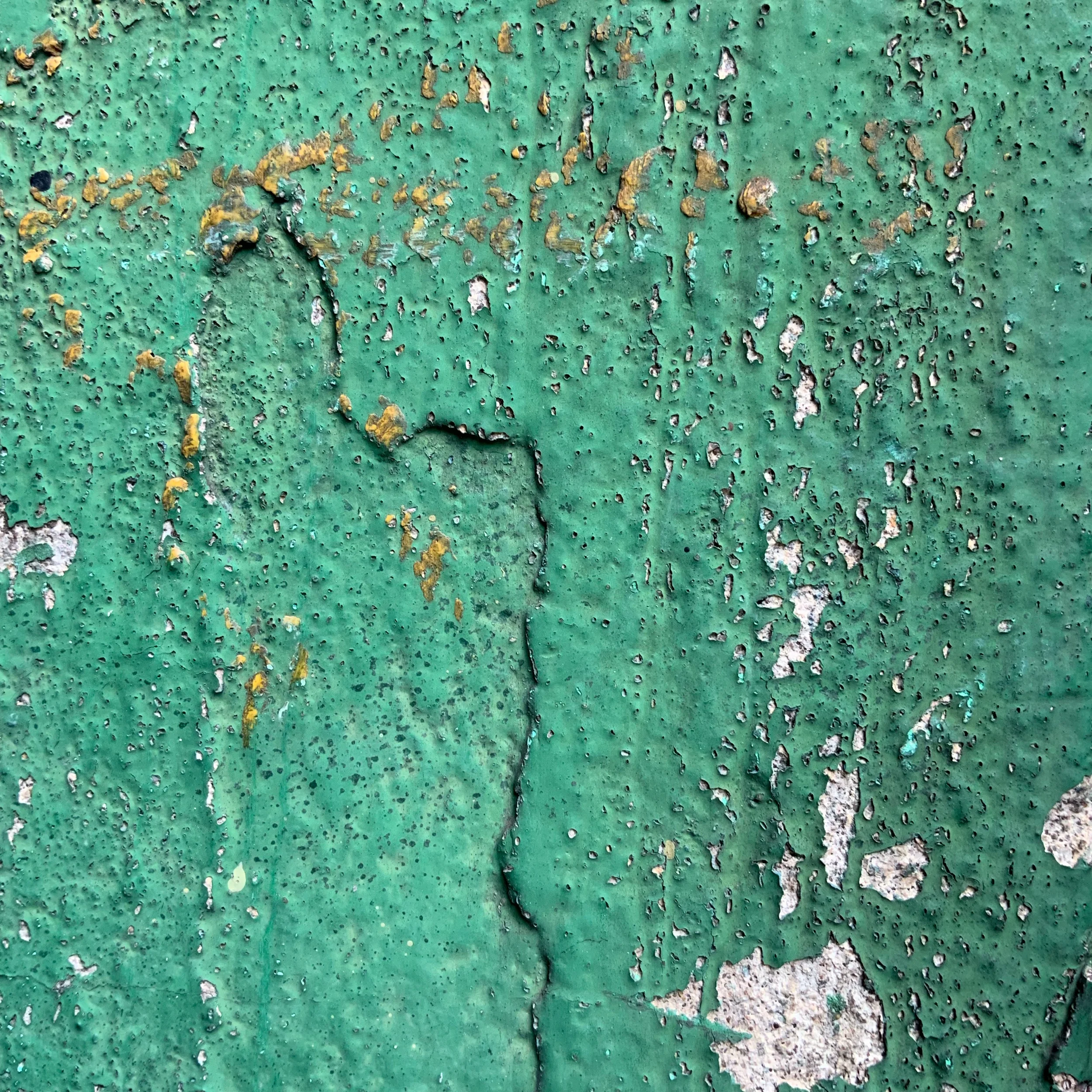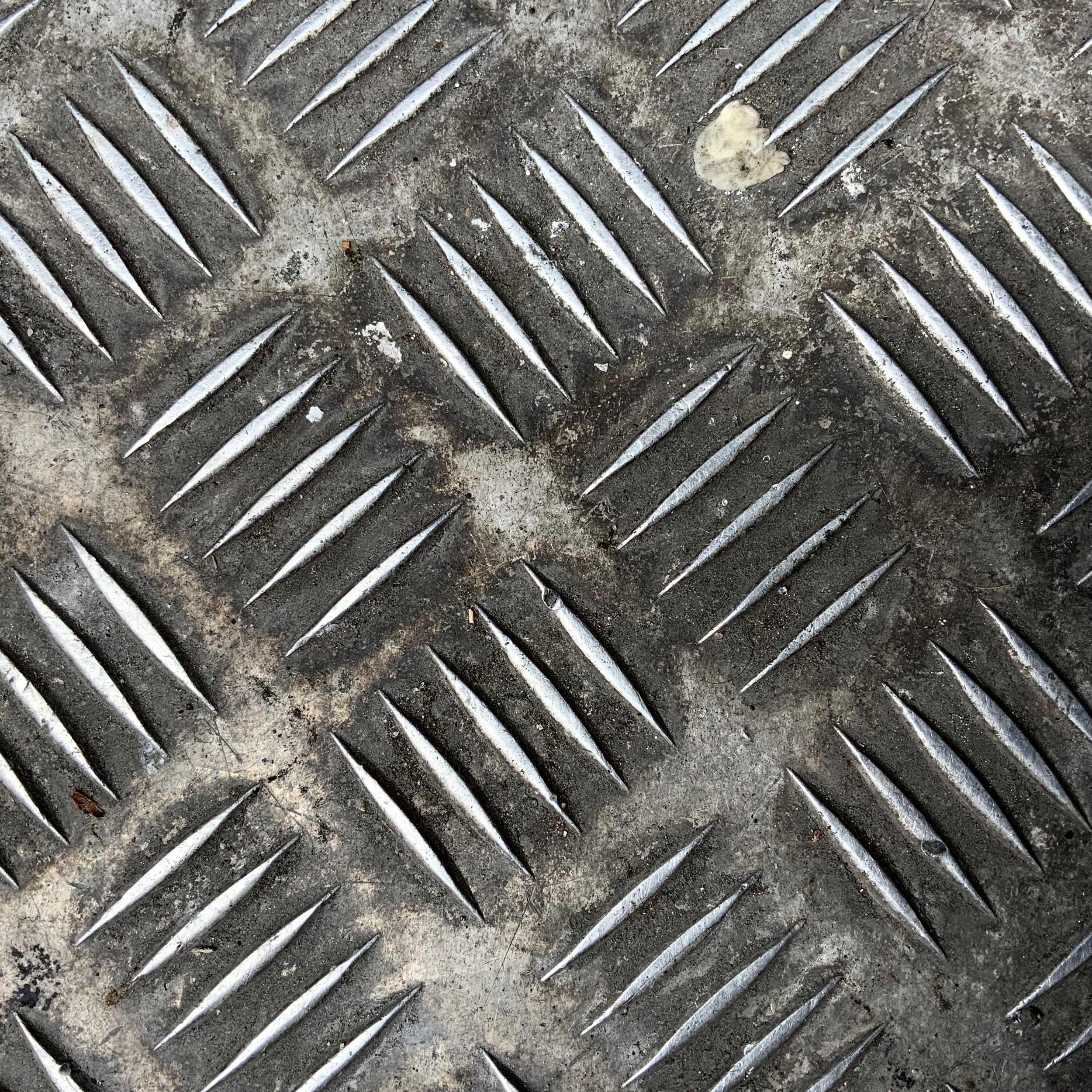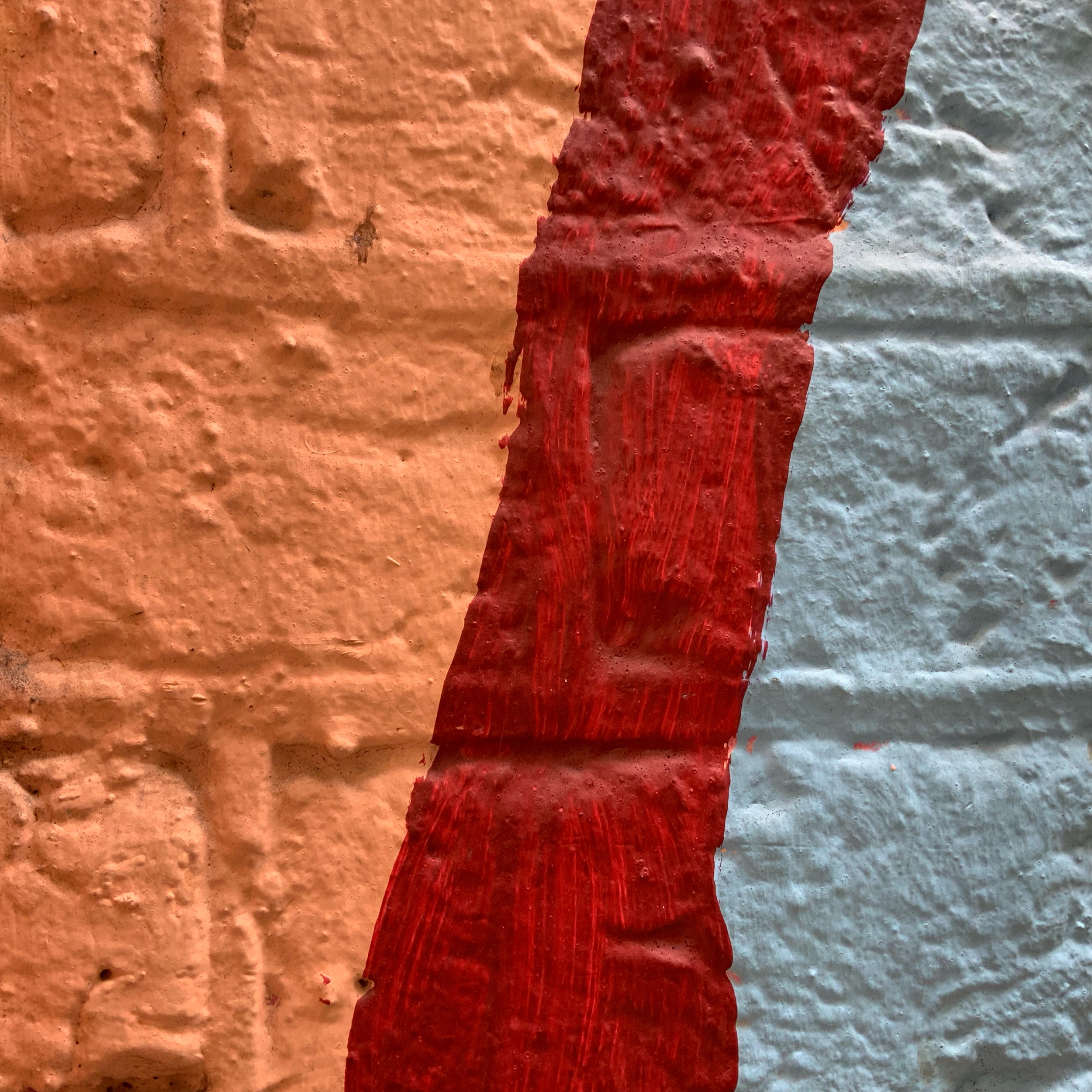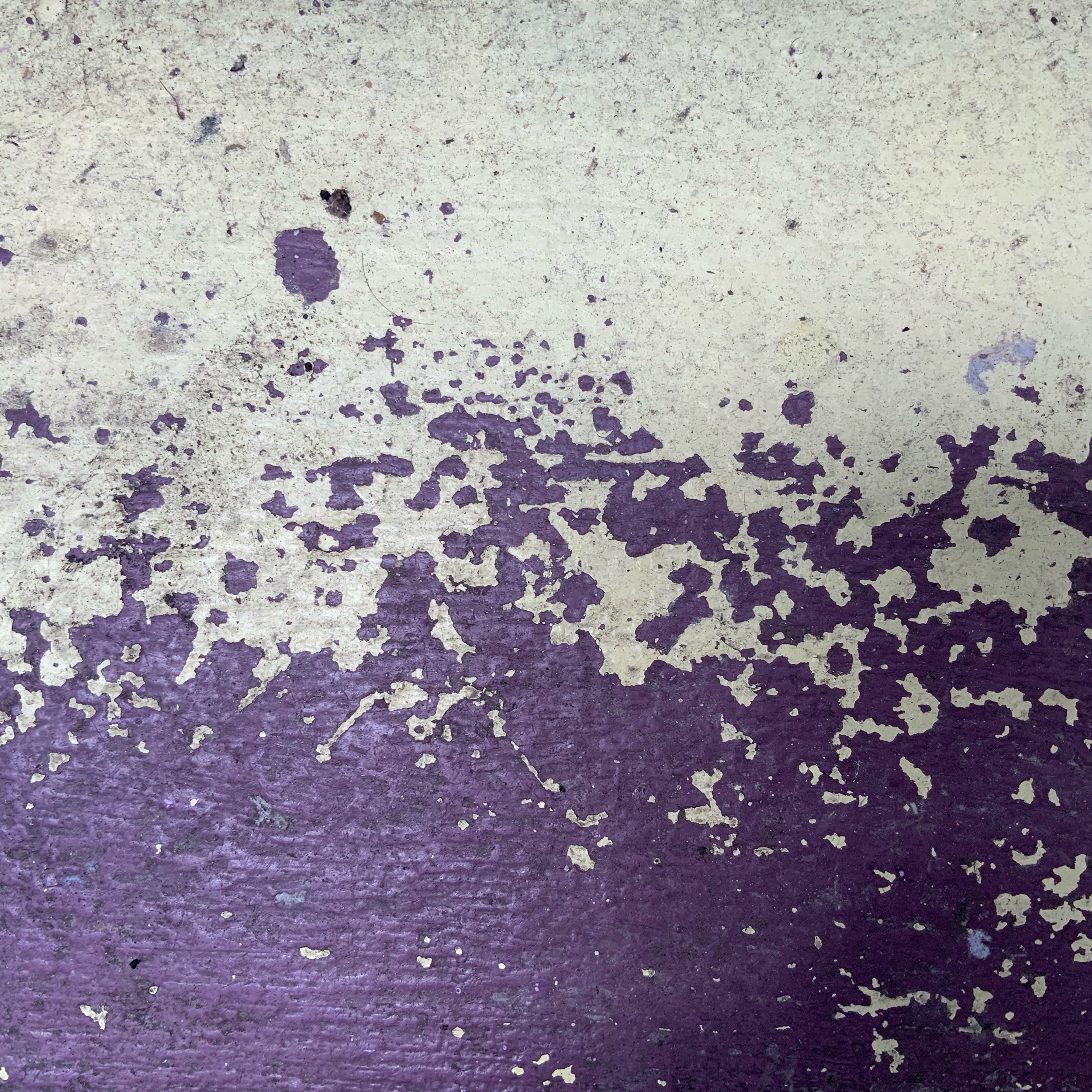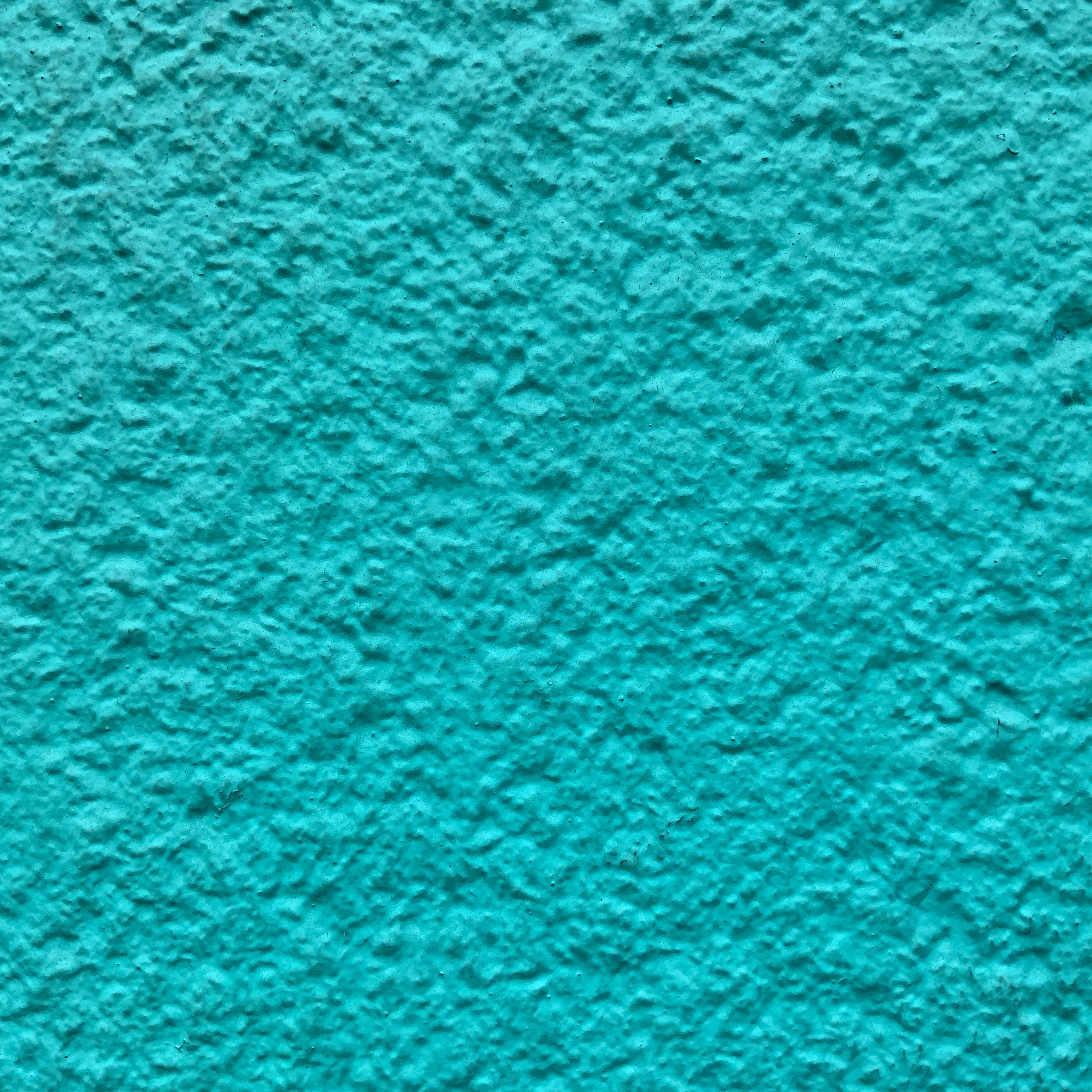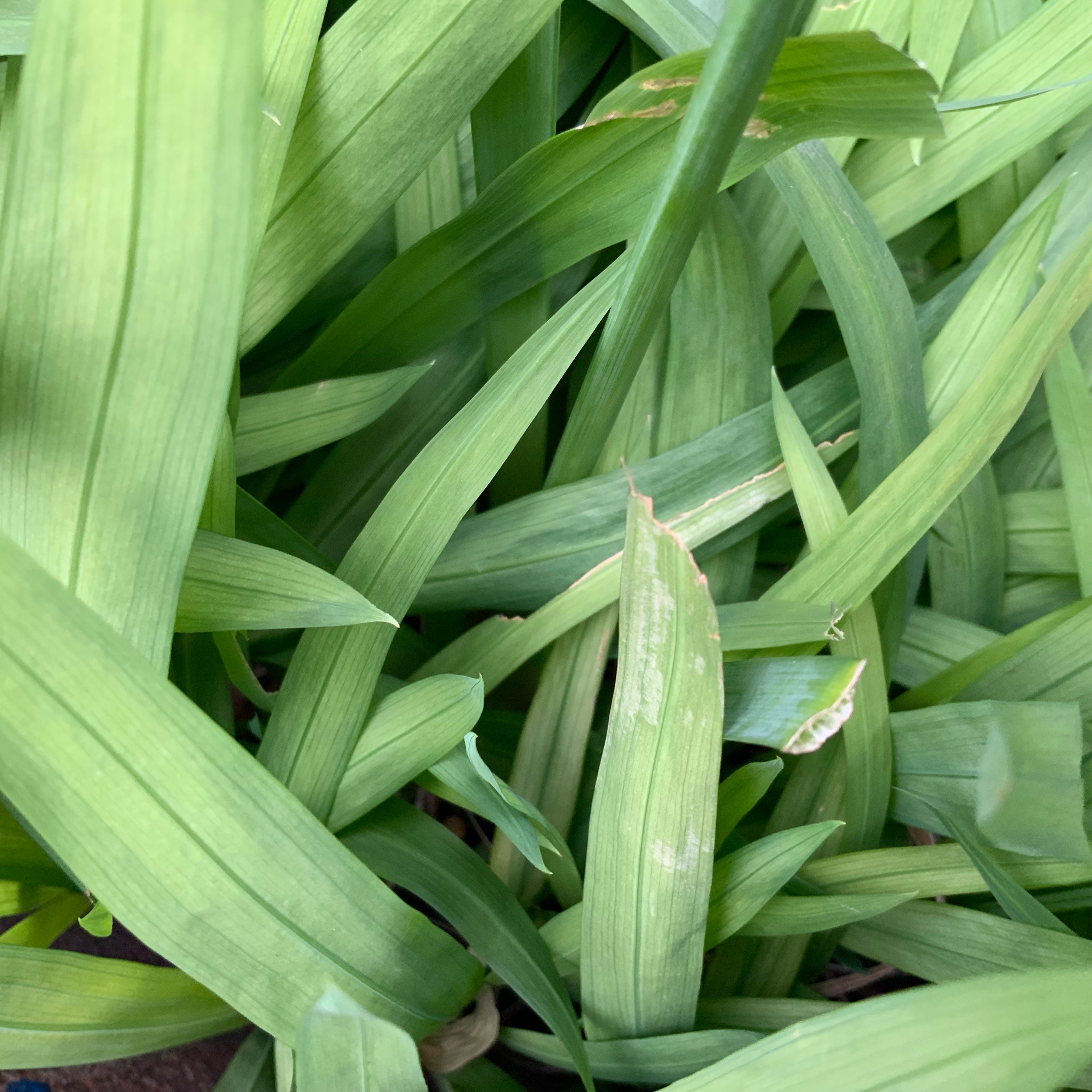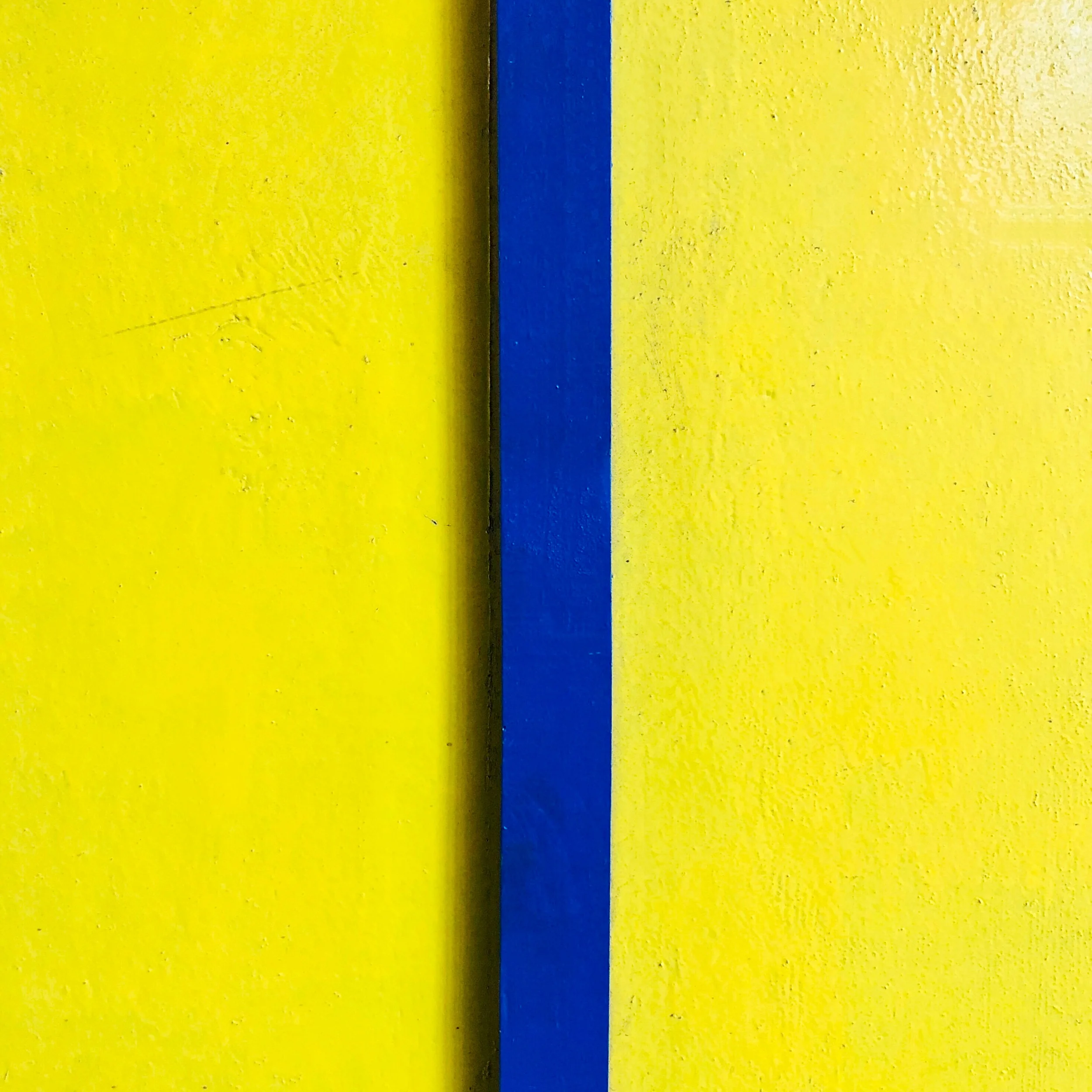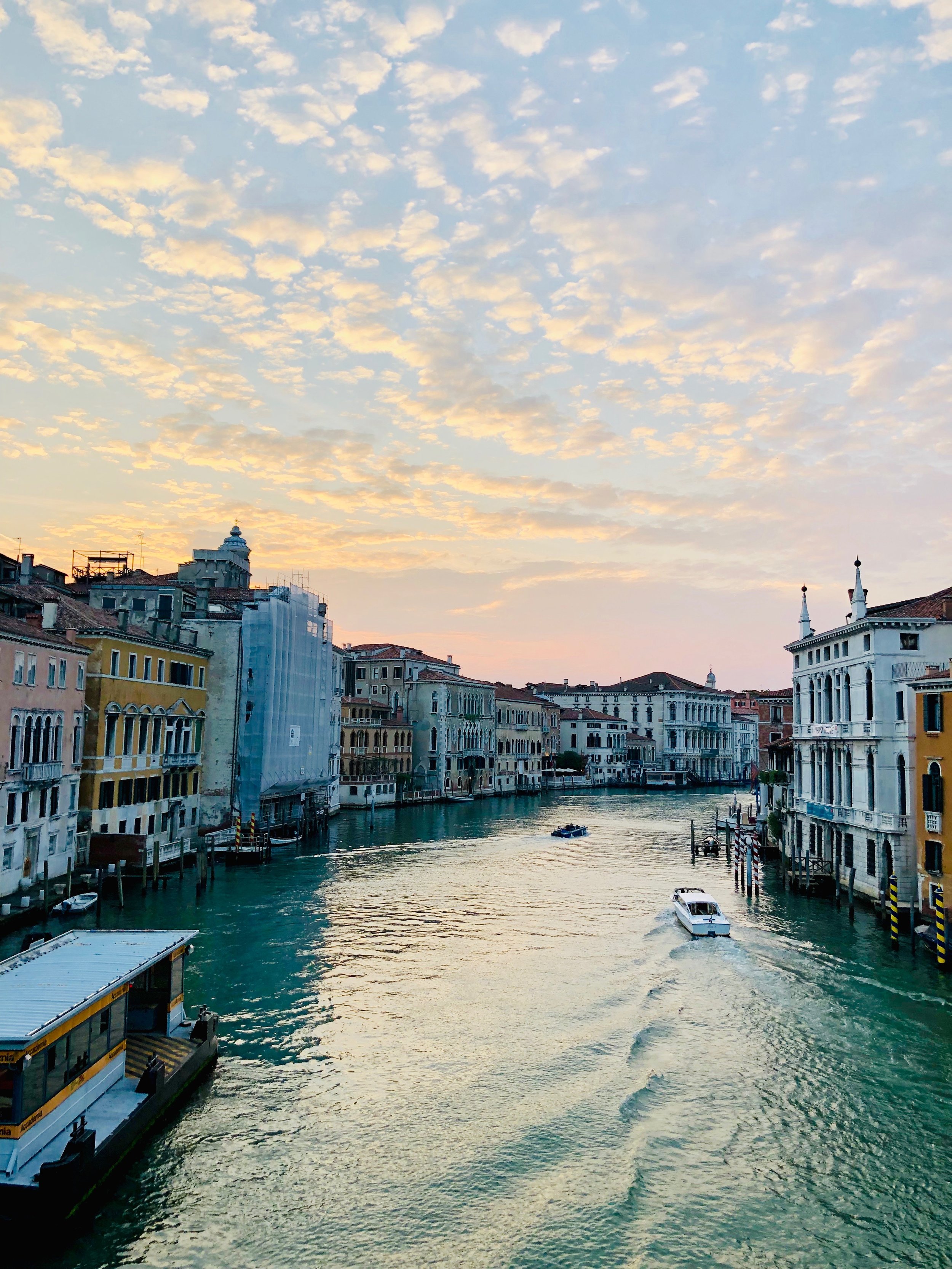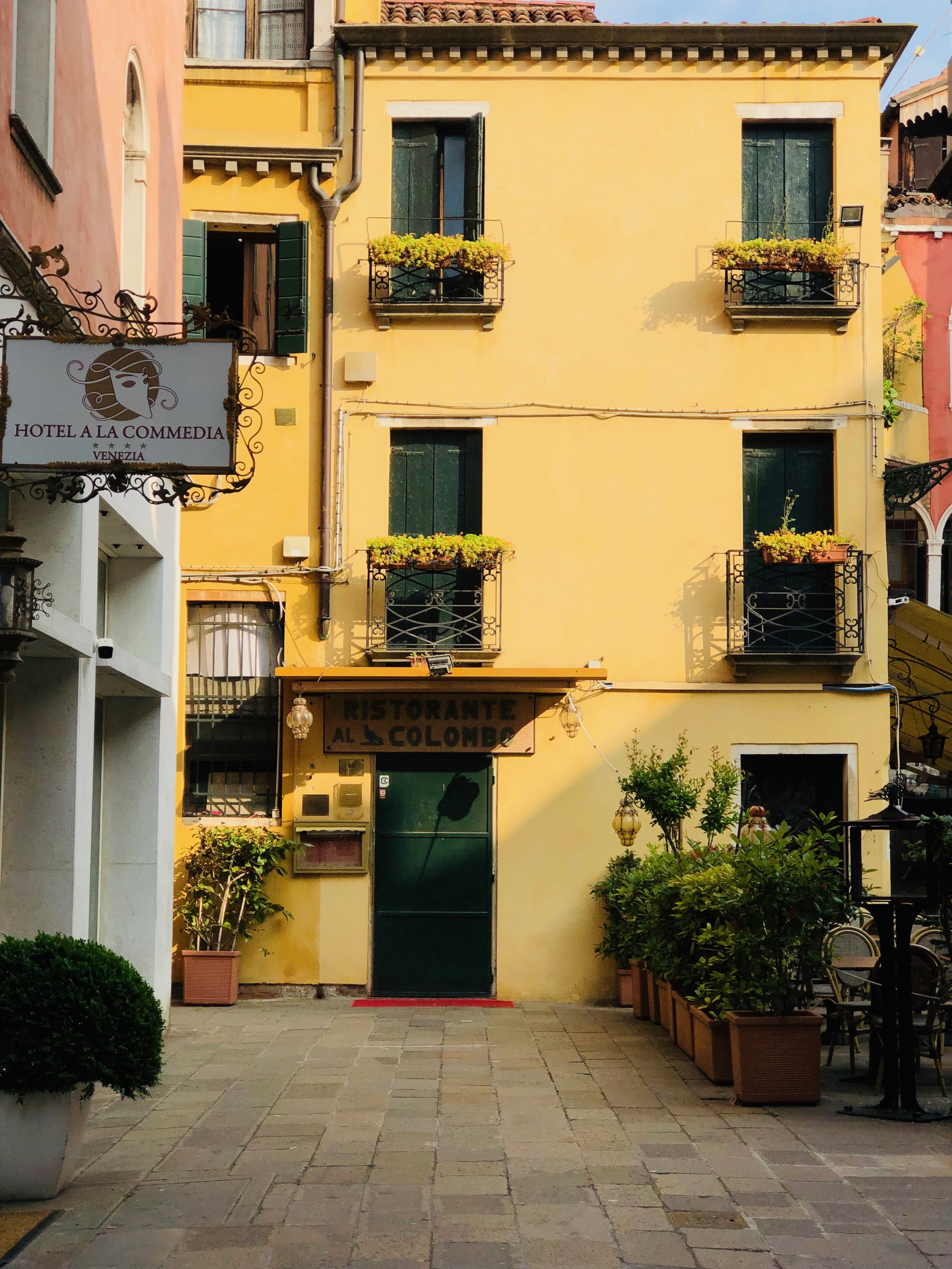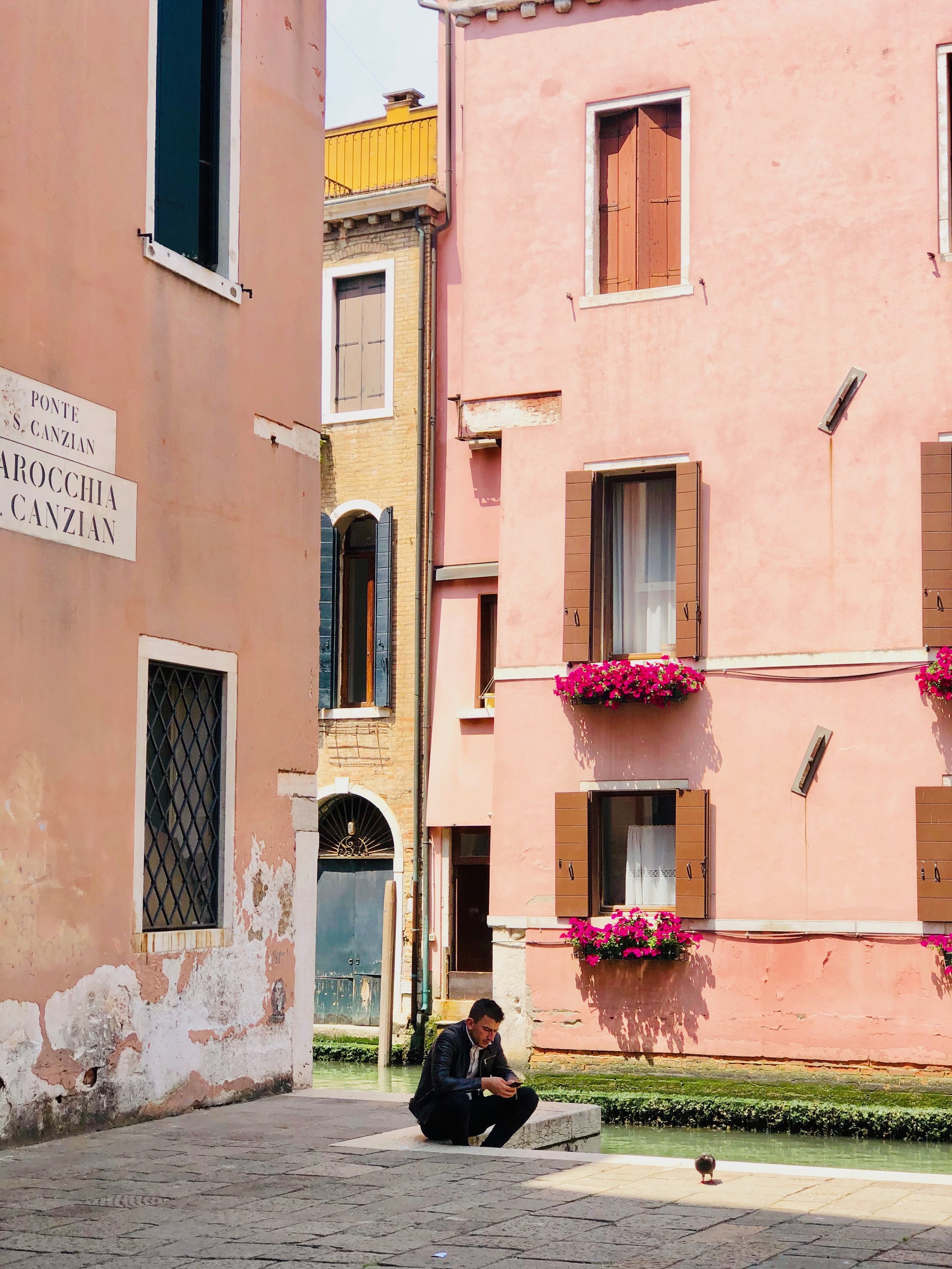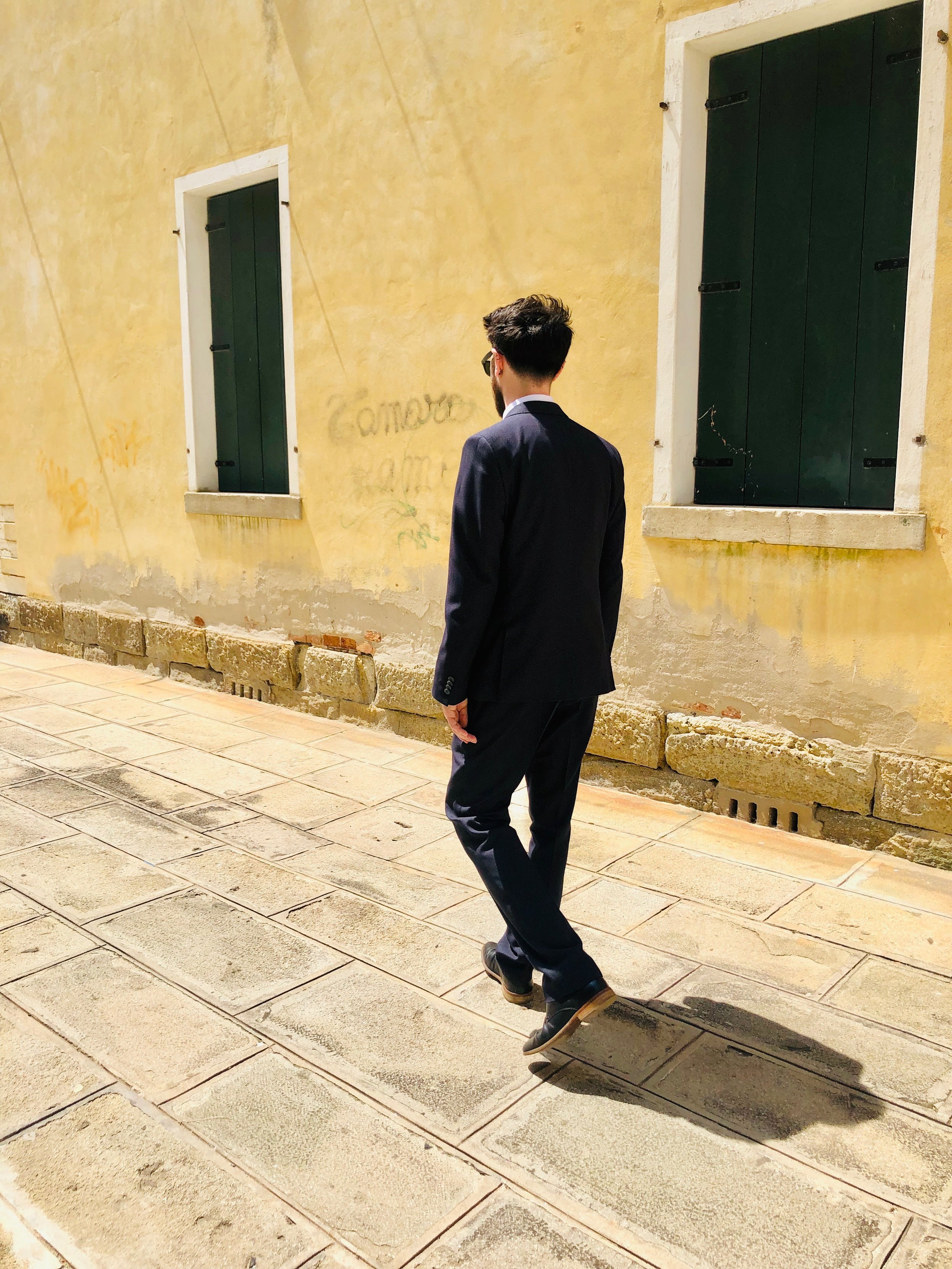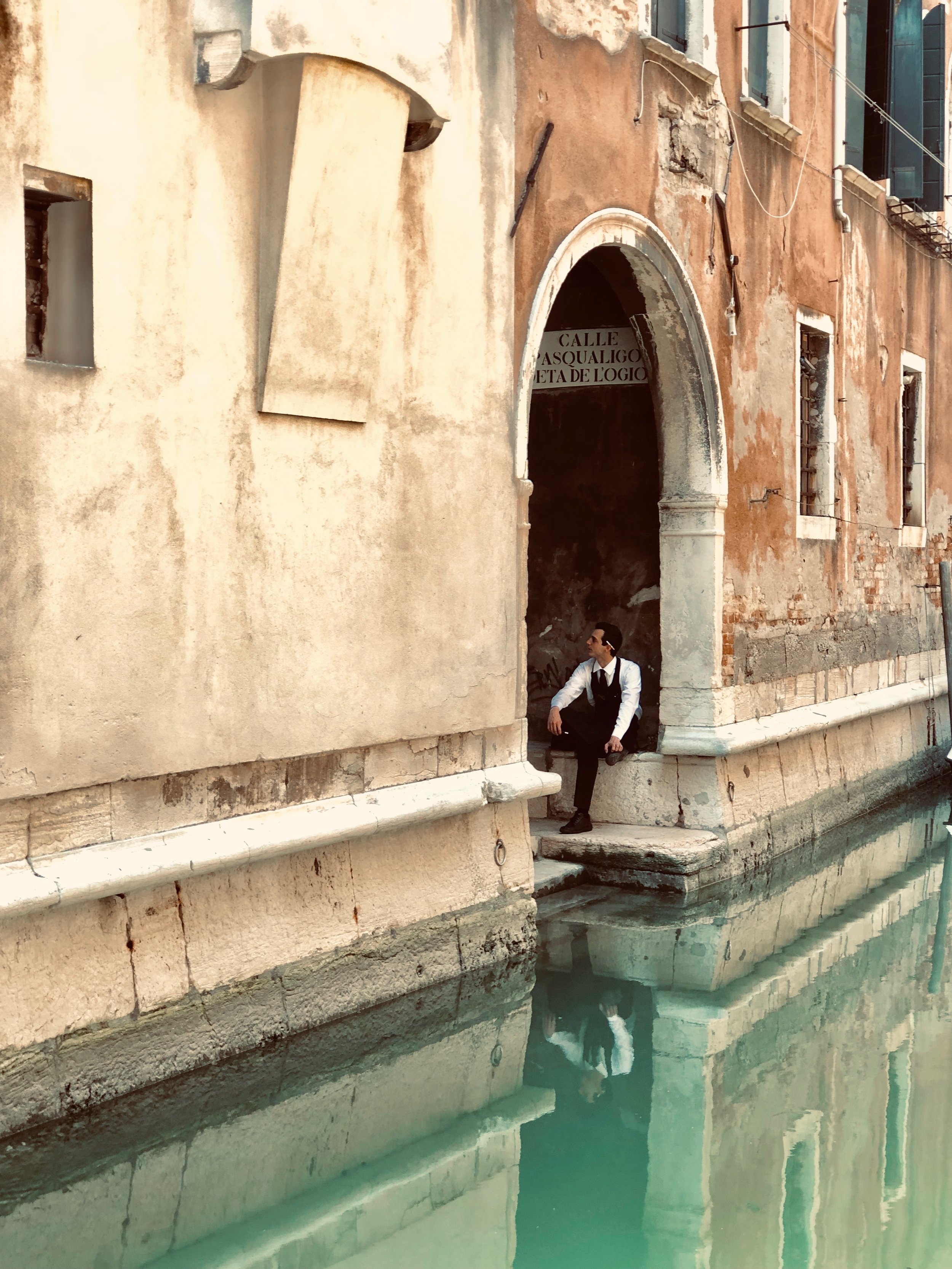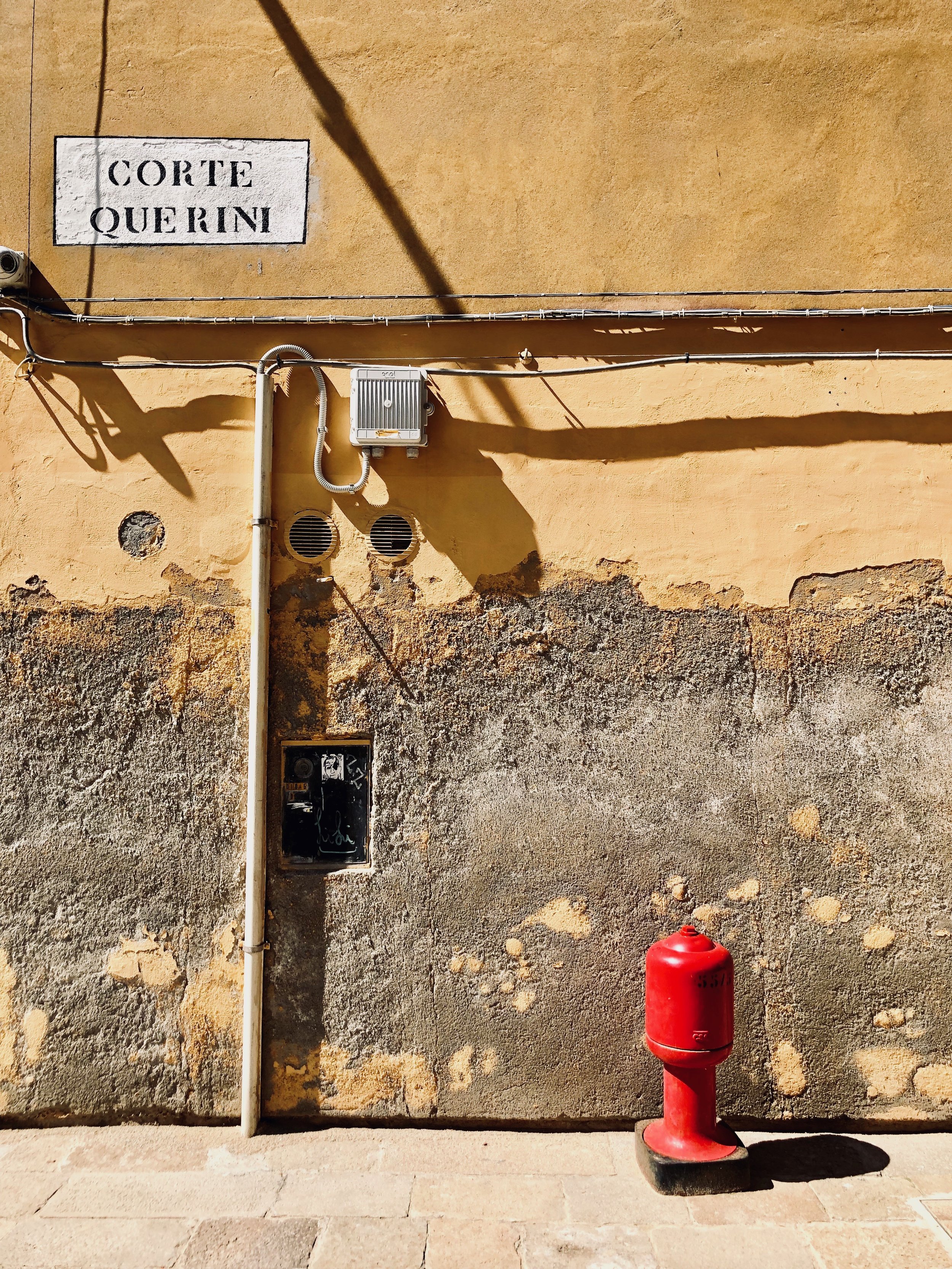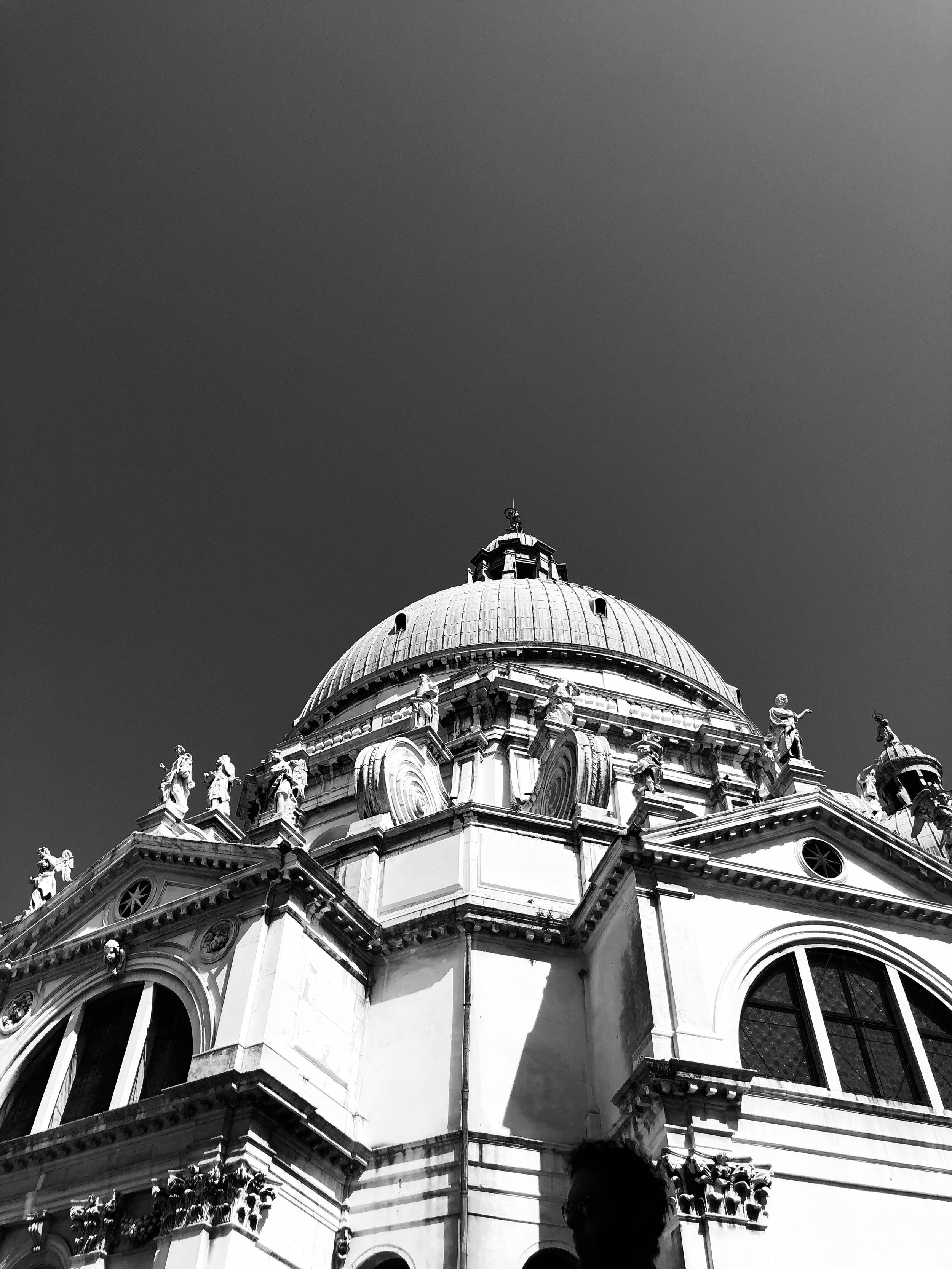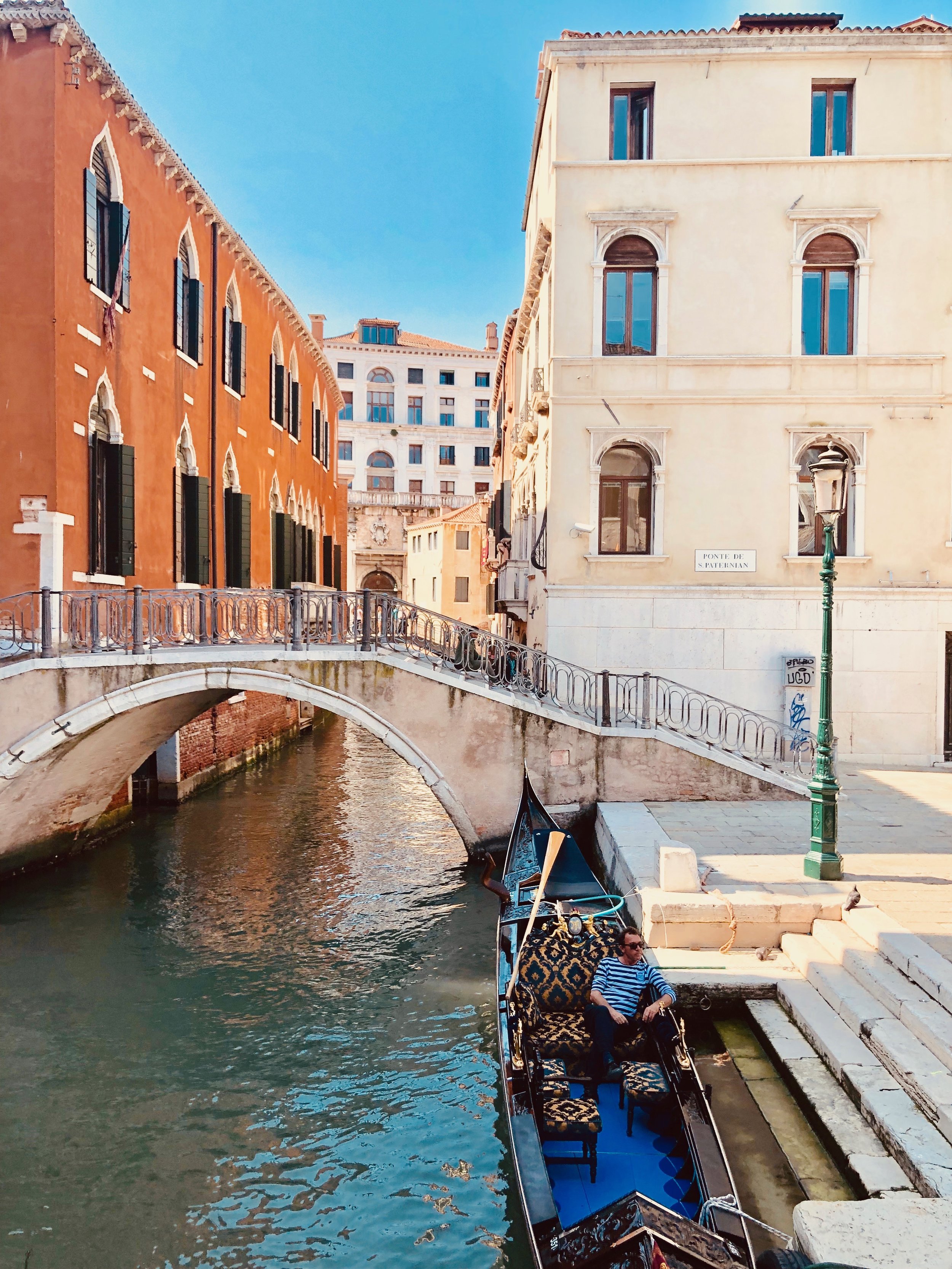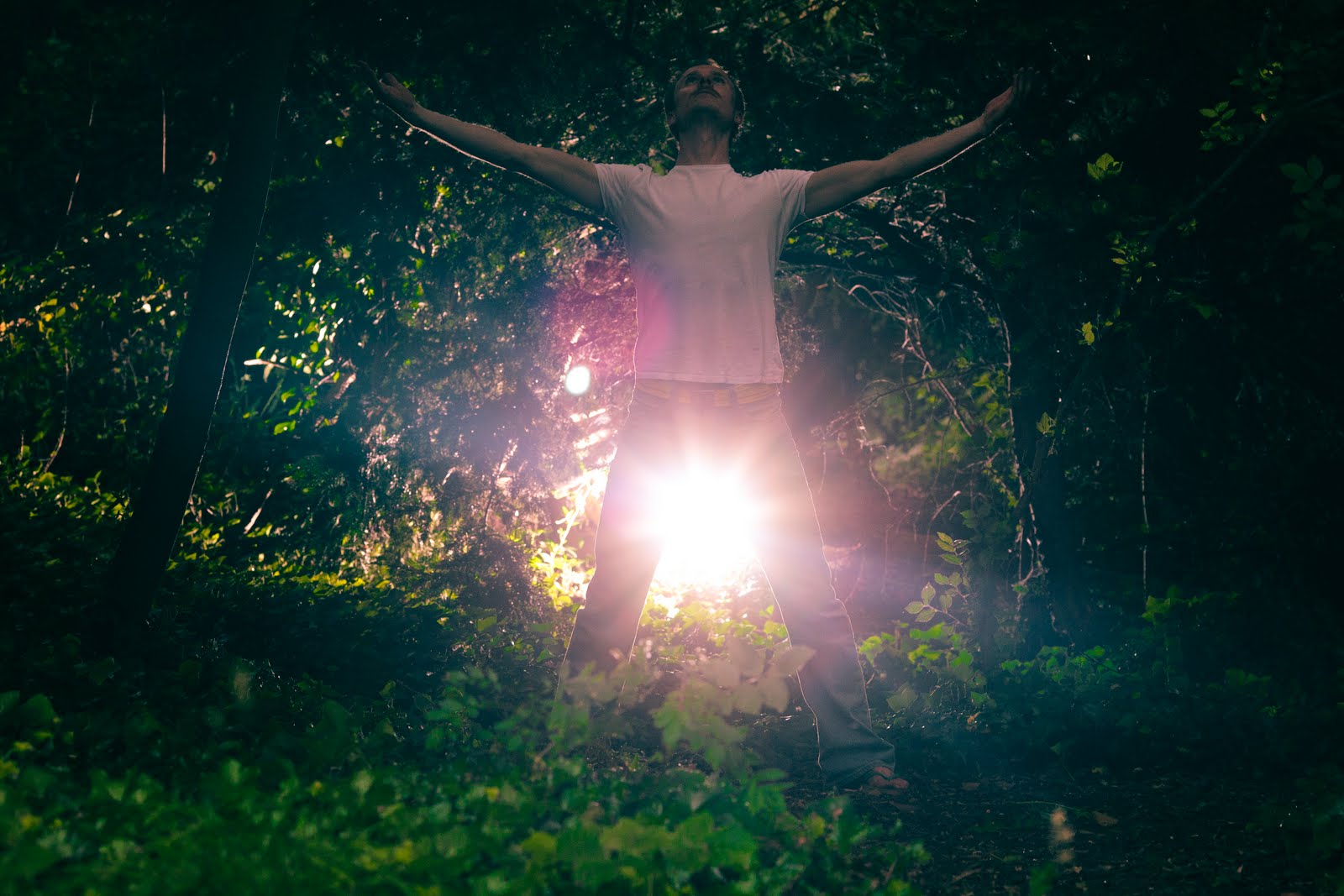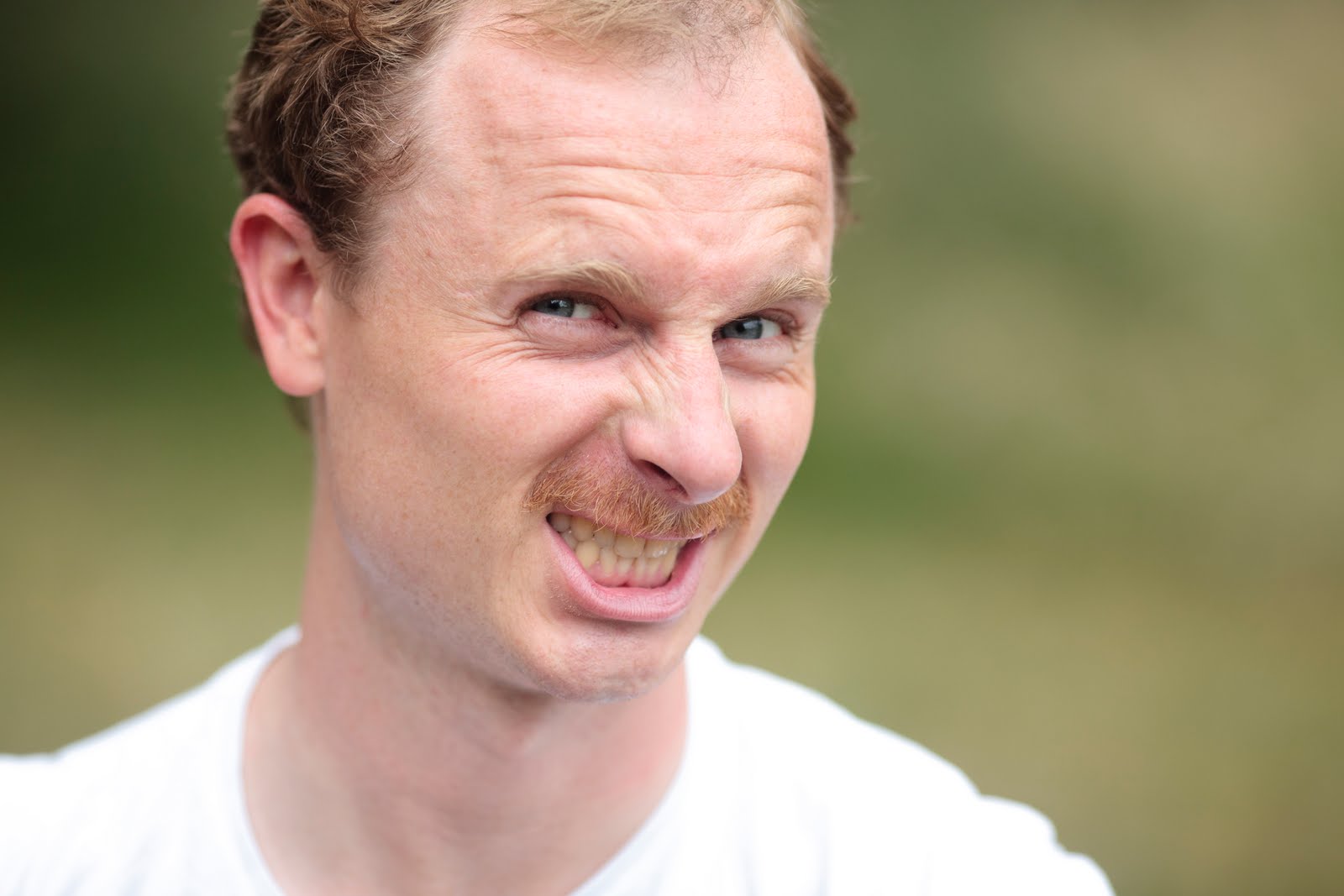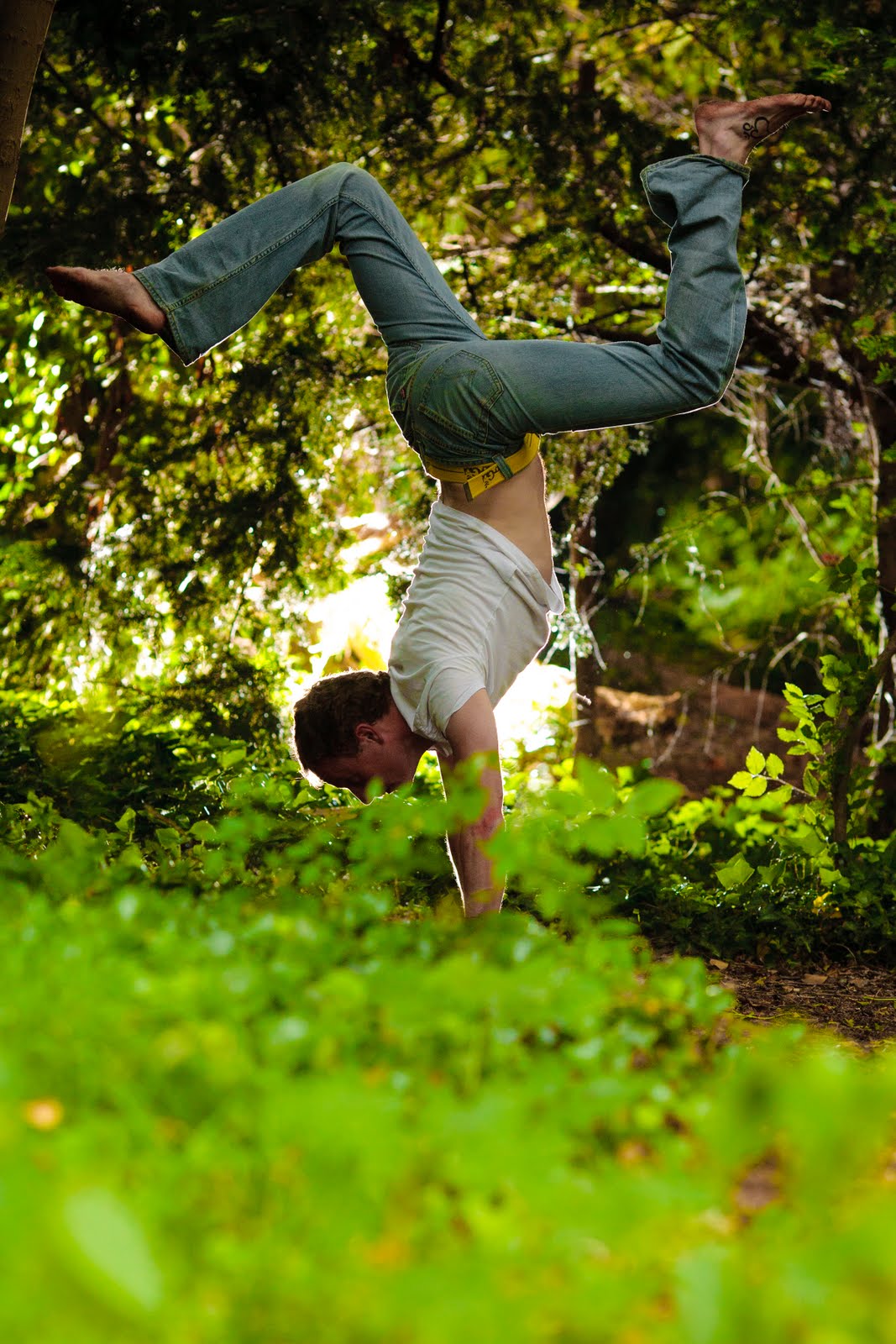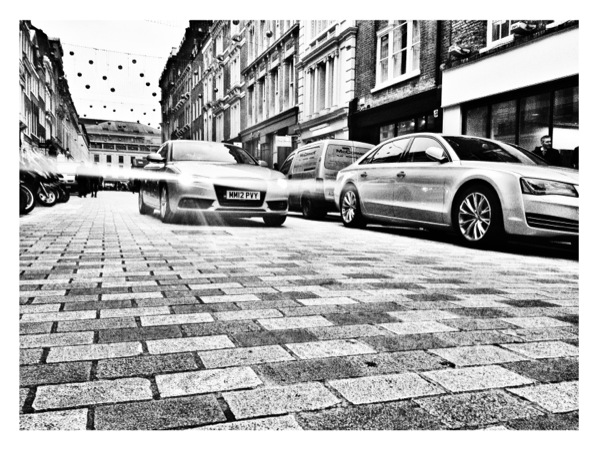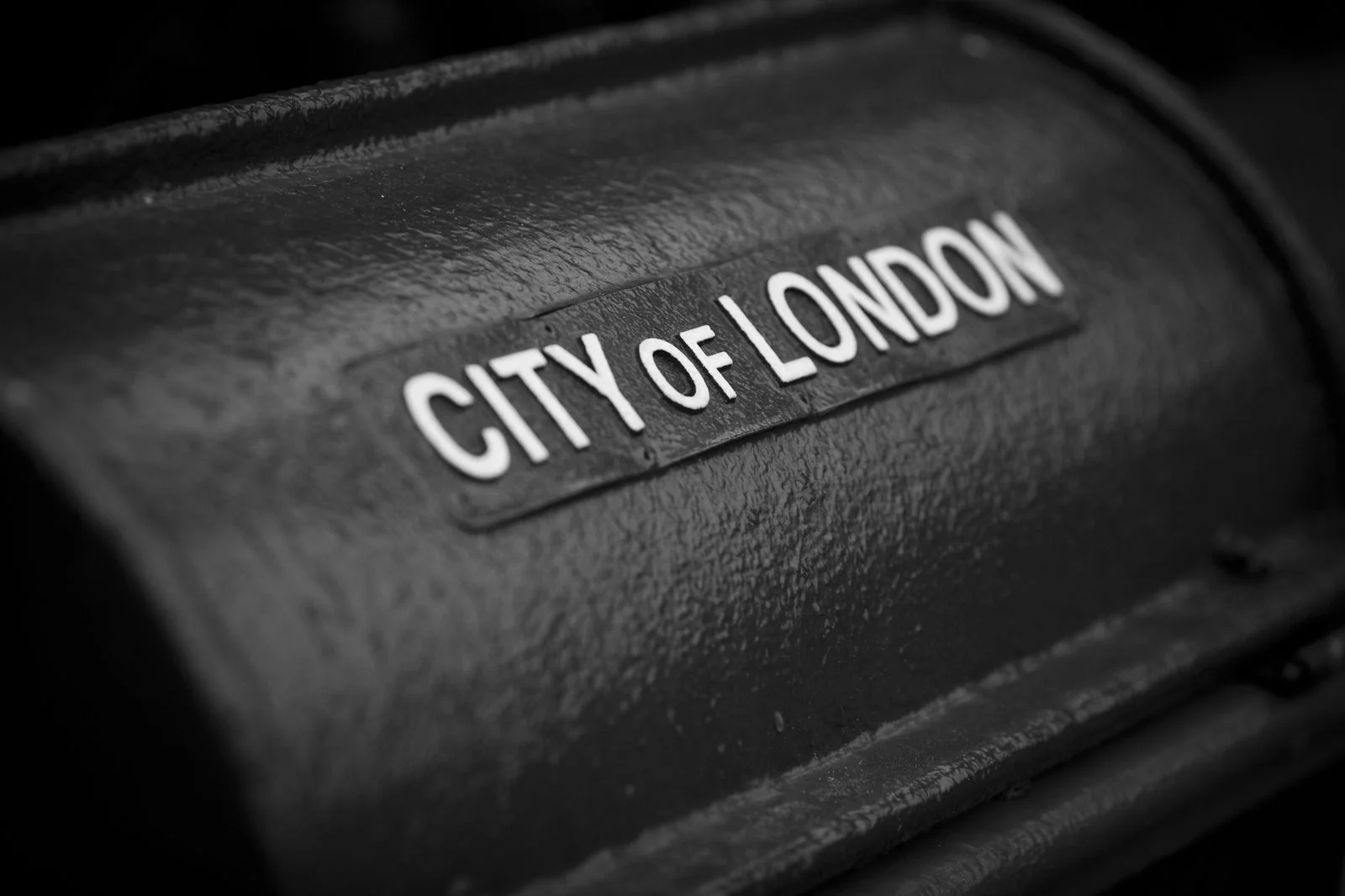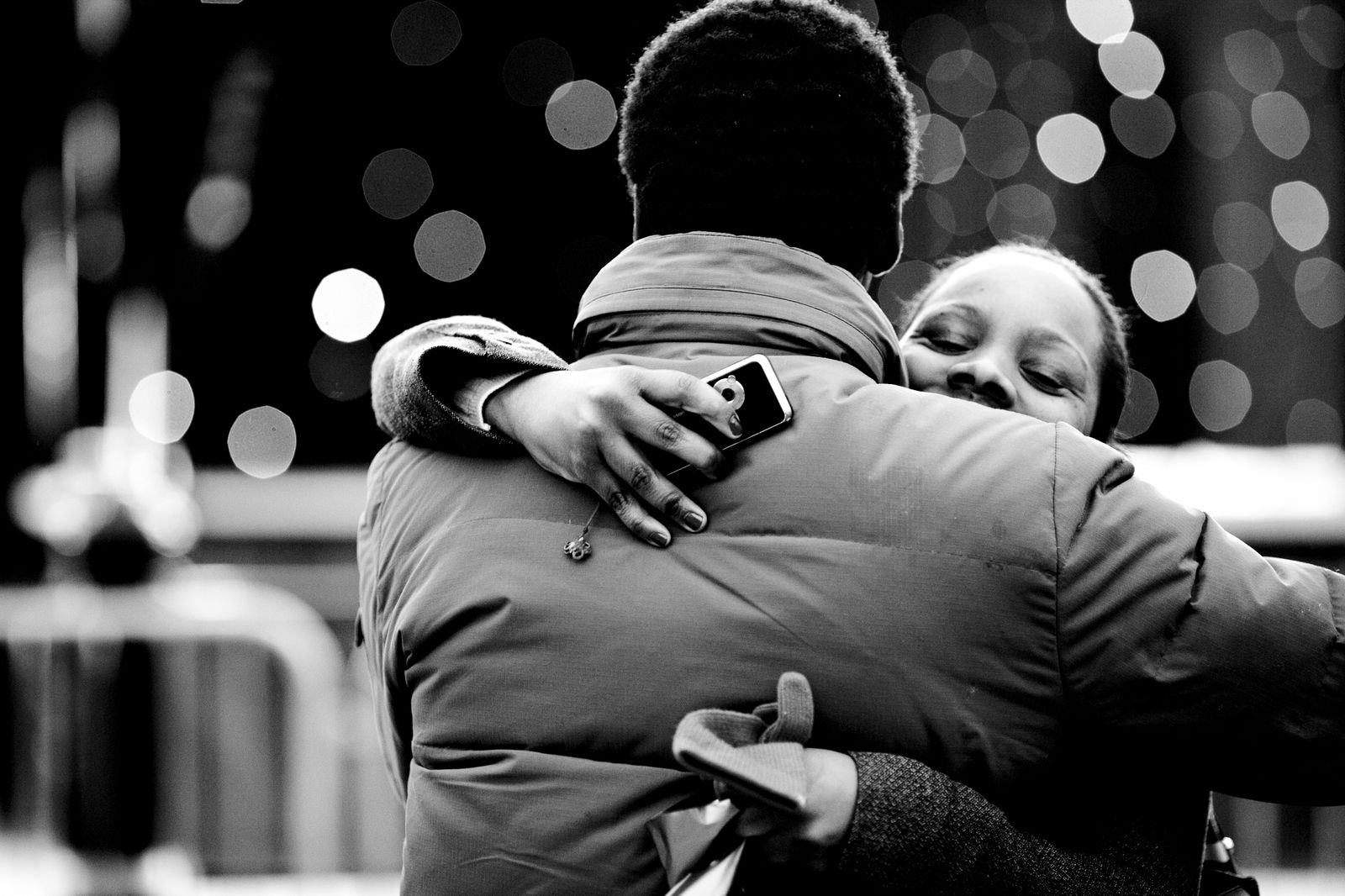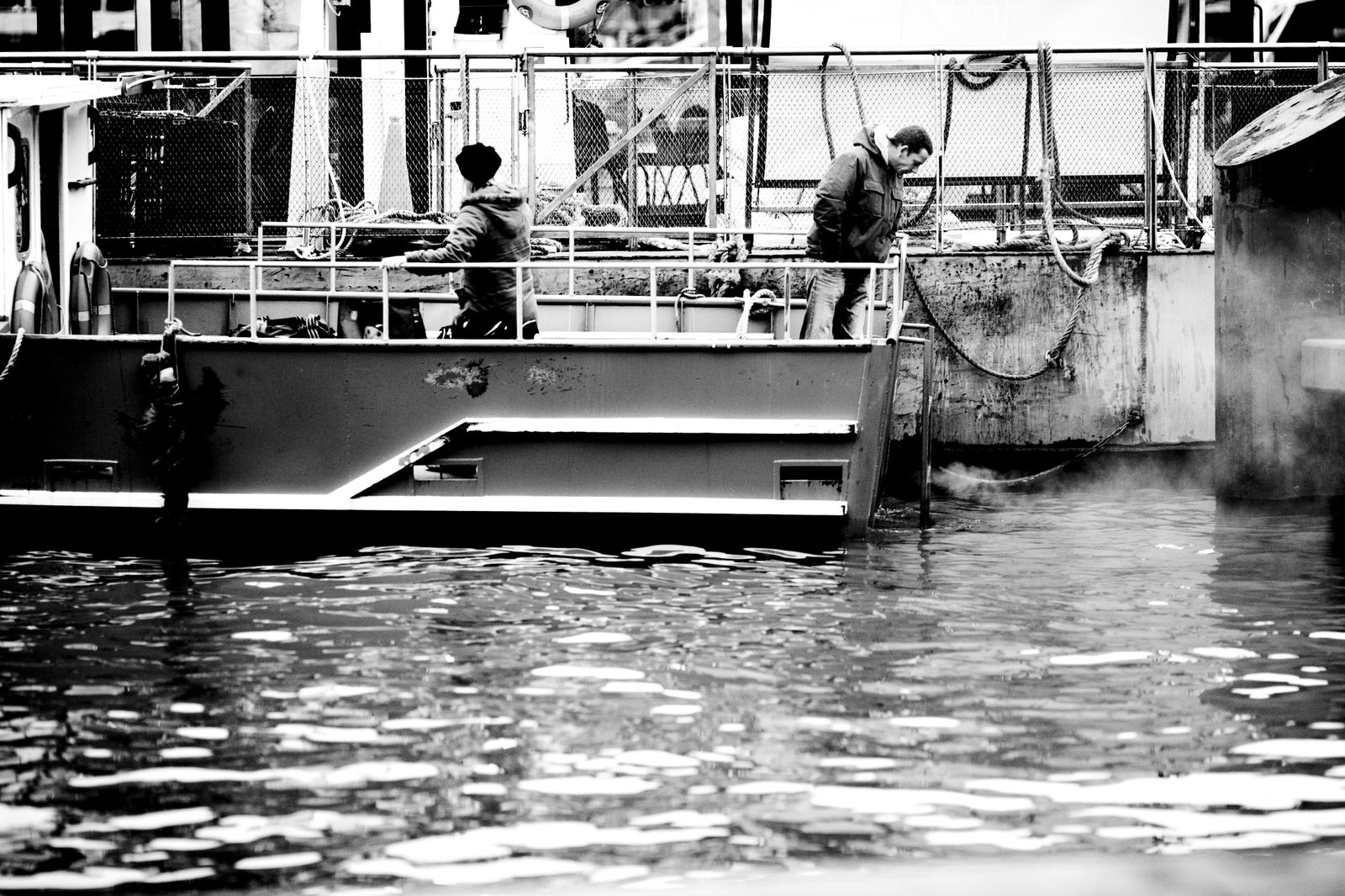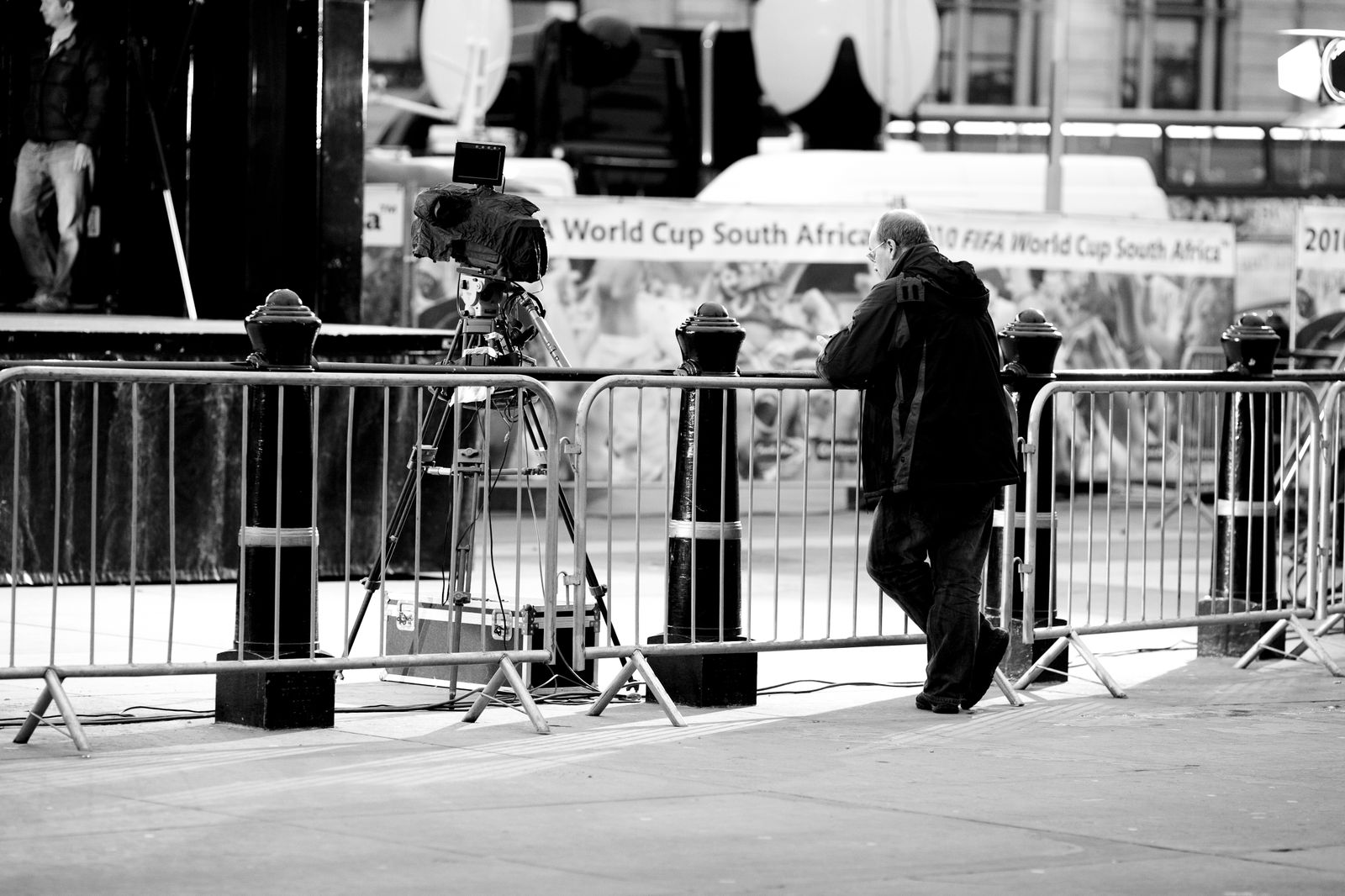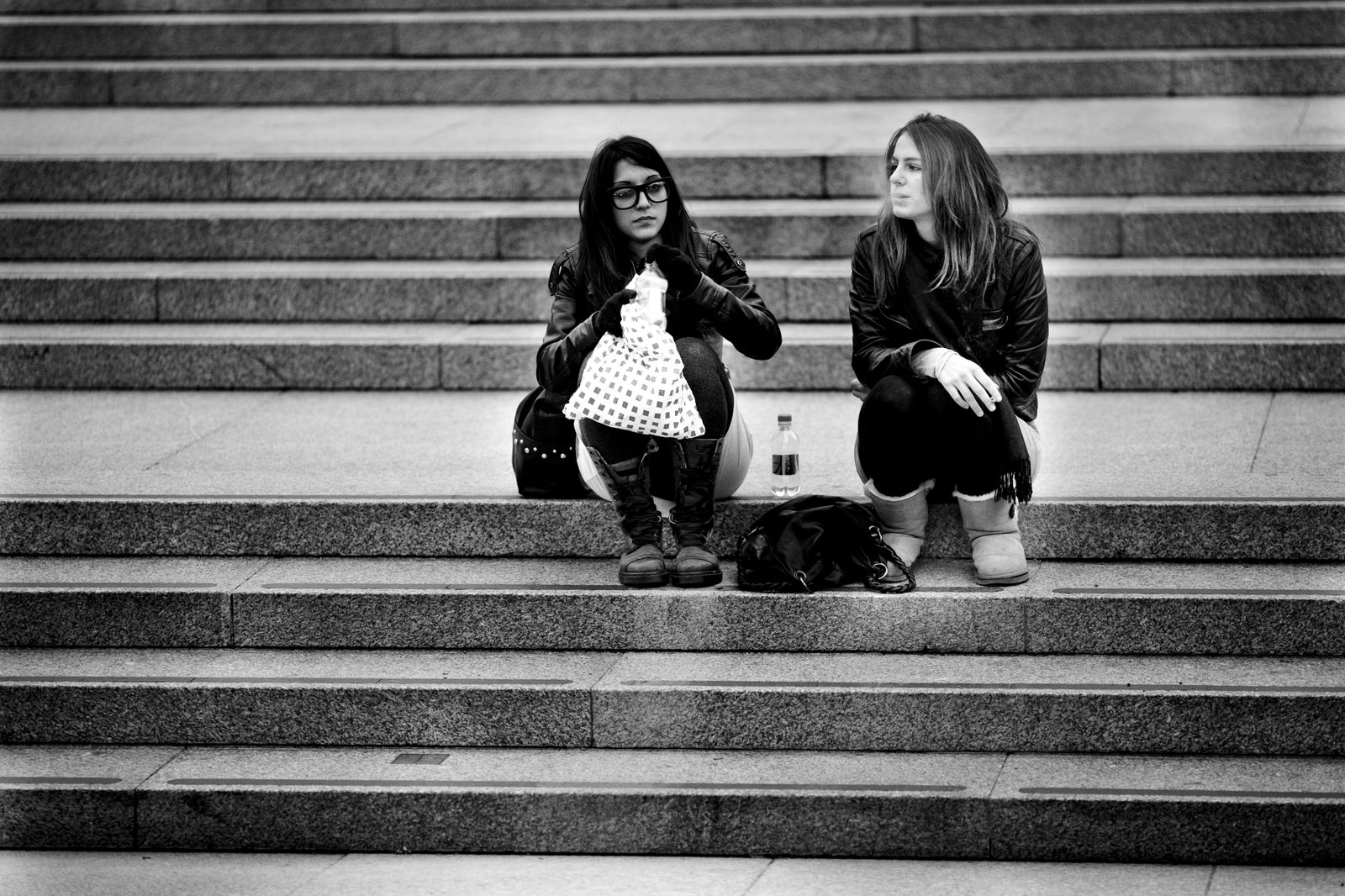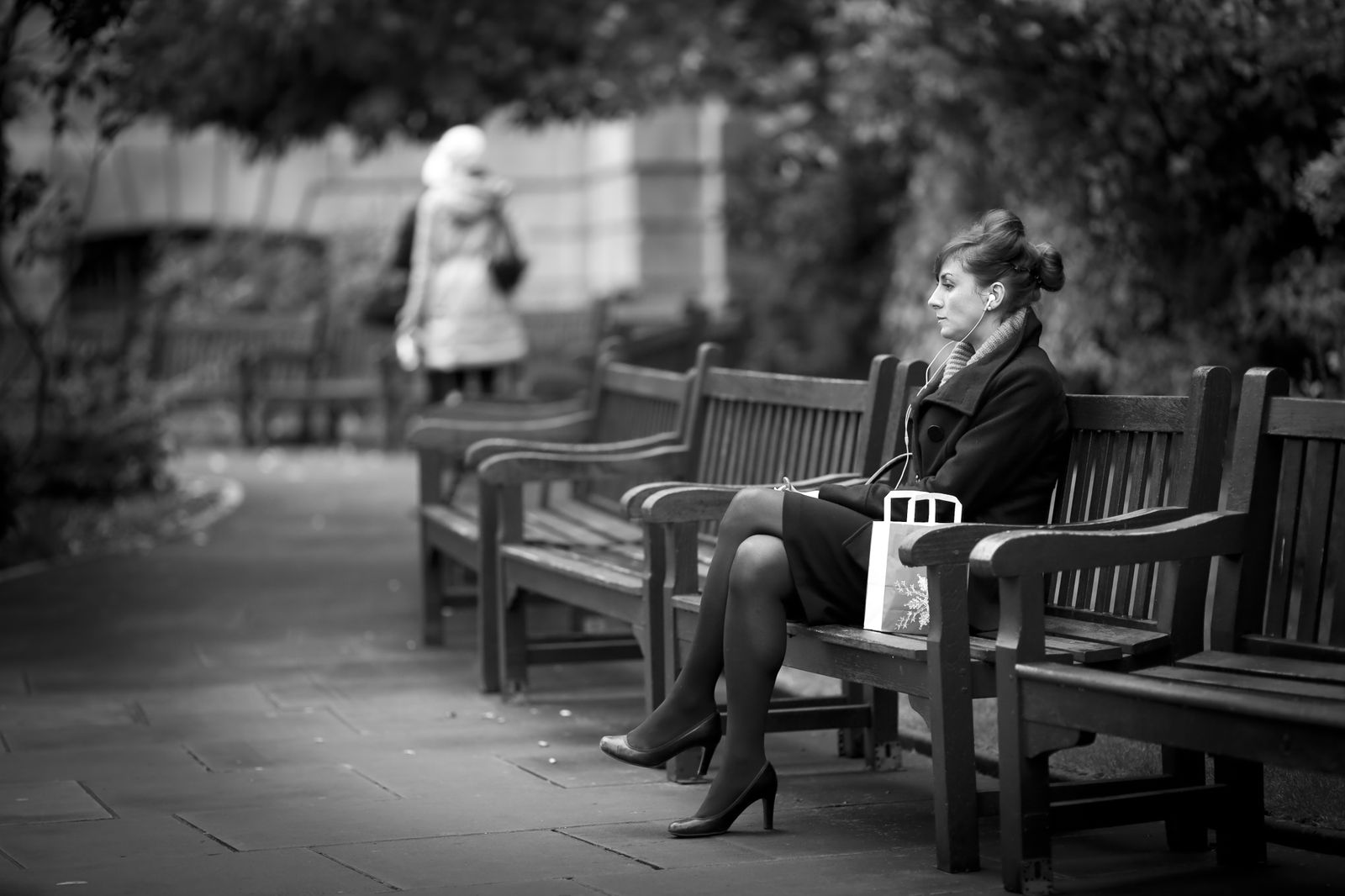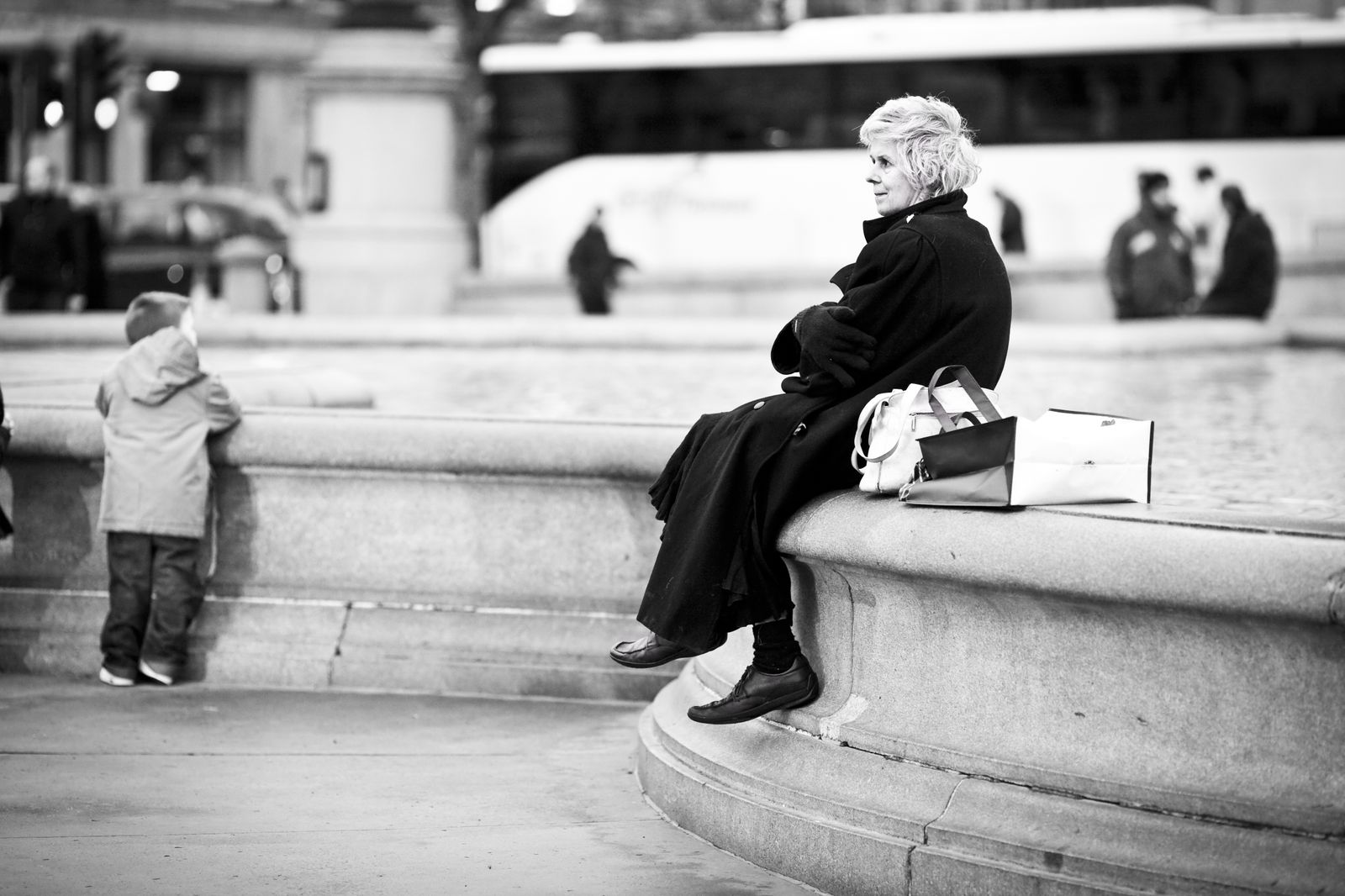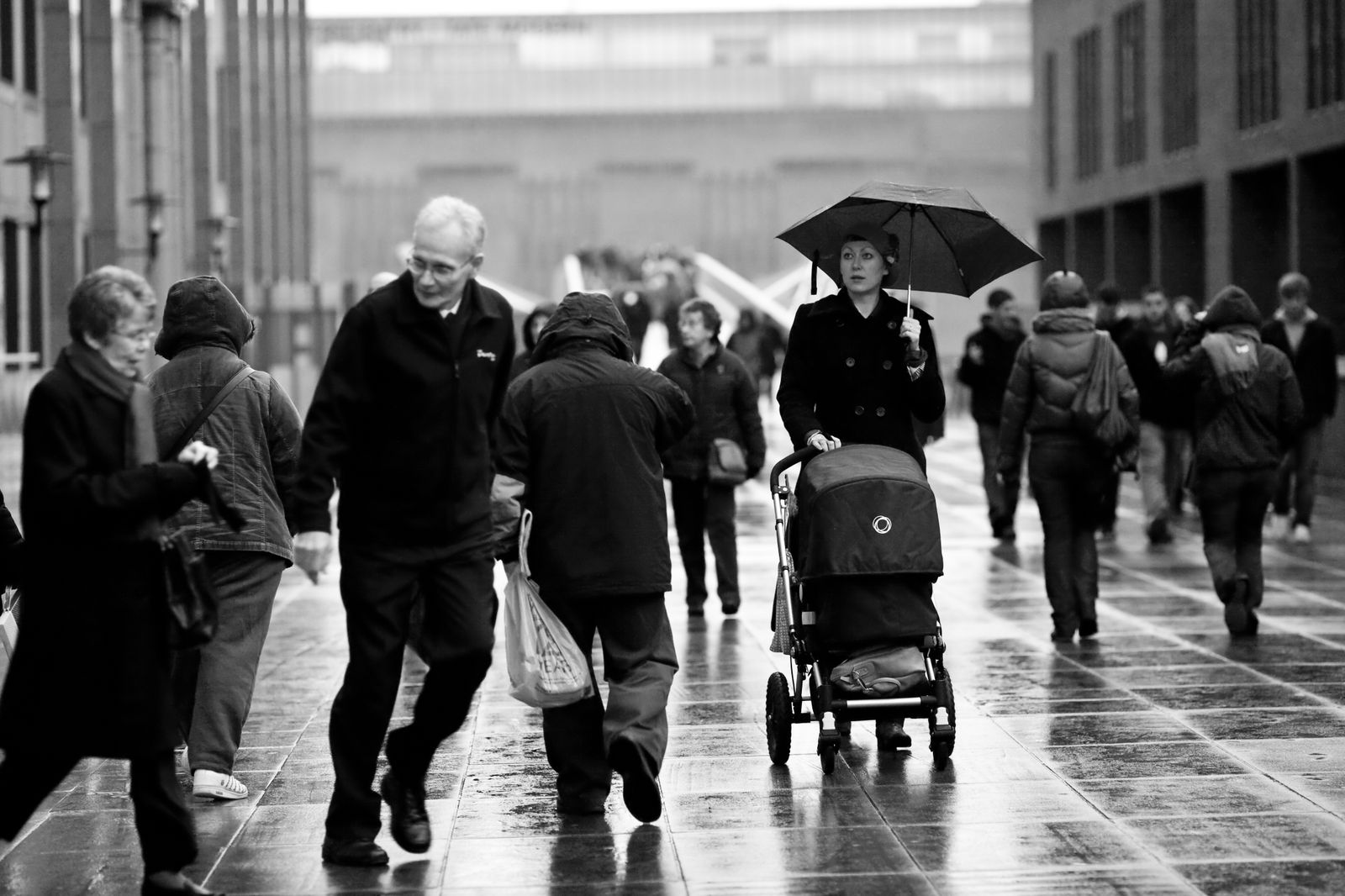Now just to clarify when I say "Post PC" I am not talking about windows, I am talking about the Personal Computer. So if a computer isn't the topic of this post then... what am I talking about?
Well... We are now in an age where we need to and should be able to access WHAT we want, WHEN we want. I am ofcourse talking about cloud computing! Now what does this have to do with photography you ask? Good question. As a photographer I take a lot of pictures and the downside of that is that I end up having to use a computer with many, many hard drives to store and access all this data.
This is fine when I am at home and need to see or check something, however this is not so easy when I am away from the house. Also if my computer is off (I know some of you never do this but hey i'm old fashioned) then turning it on and connecting hard drives just to quickly find an image and attach it to an email is a bit of a chore (#firstworldproblems). I also find myself regularly getting a panic text or an email from a client whom I had previously photographed for, asking if they can some how get a copy of the images I had previously sent them (likely over a year or more ago) urgently as they had lost their copy.
Some of you may have never experienced this while others get this all too frequently, well I learned a long time ago that when it comes to digital photography that organisation is super essential. Without focus and a solid workflow then everything quickly becomes a mess and is hard to scale shall you need to. I learned to organise my images in a tried and tested method of creating folders that start with the year, followed by month, then date and finally the project or event. This meant that I could search or identify very quickly the set of images that I or my client is looking for. Because I have this organisation in place I am able to find the images my client is desperately requesting within minutes. Now this is great when you are working at home or you are on your main work station, but it is difficult to do so when you are on a bus or away from your hard drives that contain all the images.
So I've now started to embrace what I like to think of as the "Post Pc Photographer's World" that's just my way of saying ALL HAIL THE DROP BOX. For me dropbox has been such an invaluable tool, as it allows me to share with my clients the images they need super quickly, but more importantly at their own convenience.
As an example this is what my workflow looks like.... Once I get home from a shoot
1) Import all cards that indicate they have images on them.
2) Create a back up set of images that follow the Year, Month,Date & Project format.
3) Go through quickly through images and favourite the top selects, automatically placing them in a smart collection of some sort (depending on app)
4) Refine selection by going through the favourites again and narrowing them down to just the really great images.
5) Edit through images that require any changes, mostly brightness and contrast (GET IT RIGHT IN CAMERA) and a few tweaks here and there.
6) Export final versions of images with project name and a sequence so clients can identify what images require further editing or any changes.
7) Upload final exports to dropbox folder especially created for client.
Now I tell my client that folder will be available for 30 days, but in reality I actually keep it for a year or so, just incase. What I do however is all the images that I take, I put in to dropbox. They all follow the year, month, date and project format, however if the images are over a year old, I then convert them from RAW to JPEG and scale them down by 50%. So if a client just needs a copy of their images within a year, I have access to the full high res version of the JPEGs that I can re send them as I have the folder on DROP BOX. If the client wants some changes to be made but still wants one of the images from my top selections, I still have the raw files from just the top pics so I can make the changes needed and then send them new sets of JPEGS. If lets say 2+ years down the line I recognise someone whom I've photographed or a client requests for an image that is not part of the top selection (which will always remain raw files) then I can at least send them a JPEG that is good enough for web or small print use (like an A4 print).
This way I have found that I can keep my clients happy even after my work for them is done and not only that If I recognise someone I have photographed I can easily and quickly access almost every picture that I have taken. Because all of my images are on my dropbox account as JPEGs I can simply send a link within minutes, in an email or a message when ever I get a request from a client about at photo they urgently need.
So when I talk about the Post Pc Photographer, I'm. talking about having access to all your images (or at least the JPEG versions of them) all the time and being able to not only showcase your work but within minutes be able to locate the exact set of images you need when ever or where ever you are. This is possible purely due to. the power of the internet and the small devices in our pockets and bags, we now take for granted. I still remember a time when I would burn a CD for a client, and would burn a back up CD that I would archive just incase that same Client needed a copy of that CD again in the future, Oh how times have changed :)
These are a small selection of images from my trip to Venice, I was able to shoot edit and share all of these images purely on mobile devices, I was also able to edit my images from my mirrorless camera on my tablet and phone.











